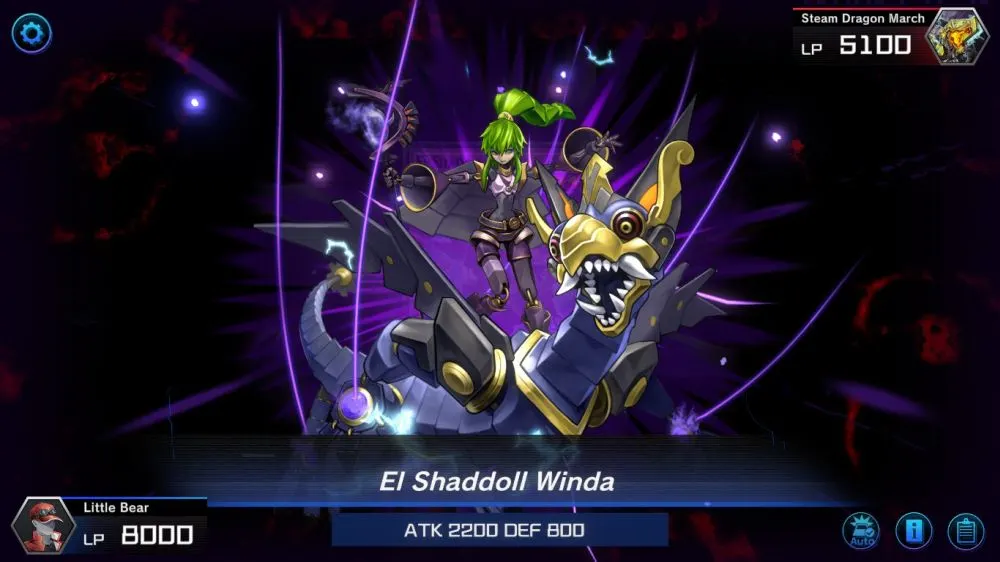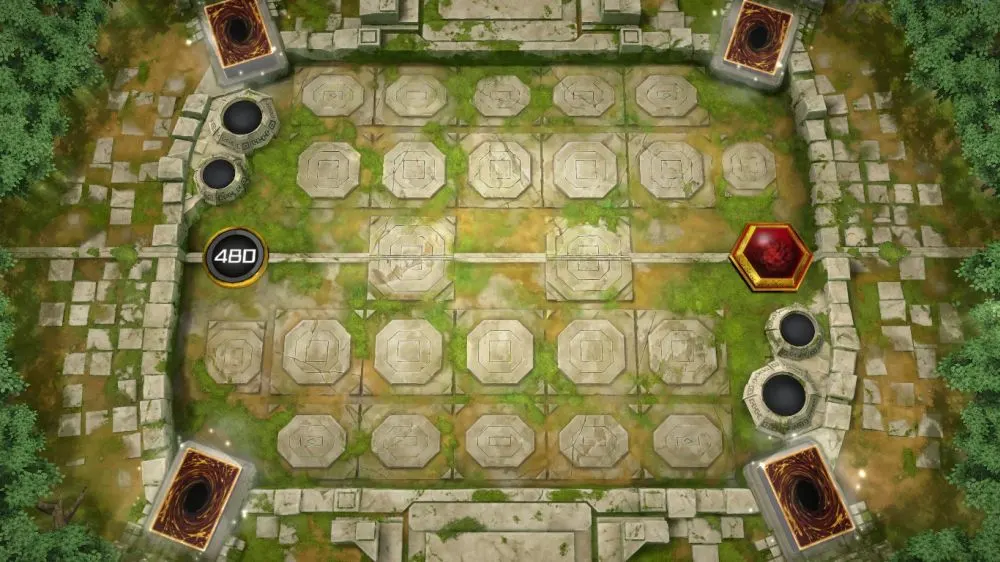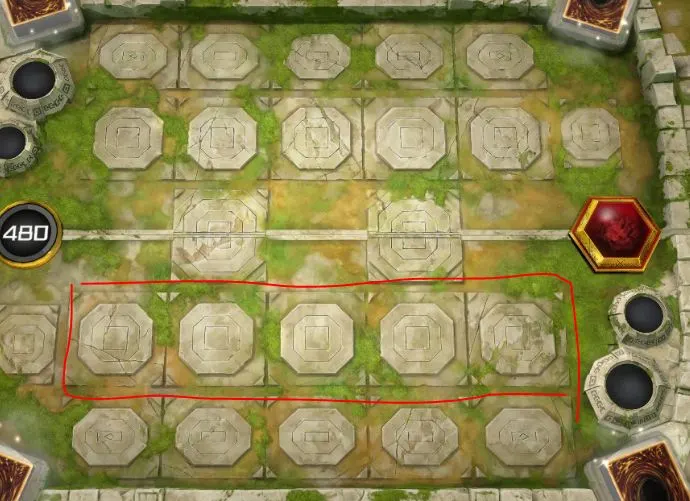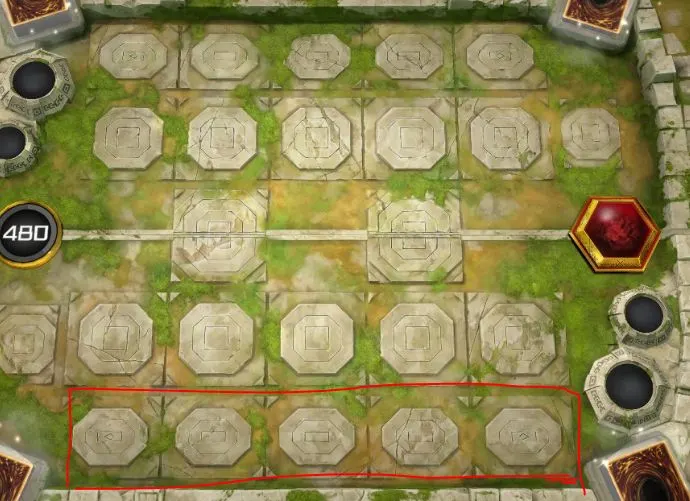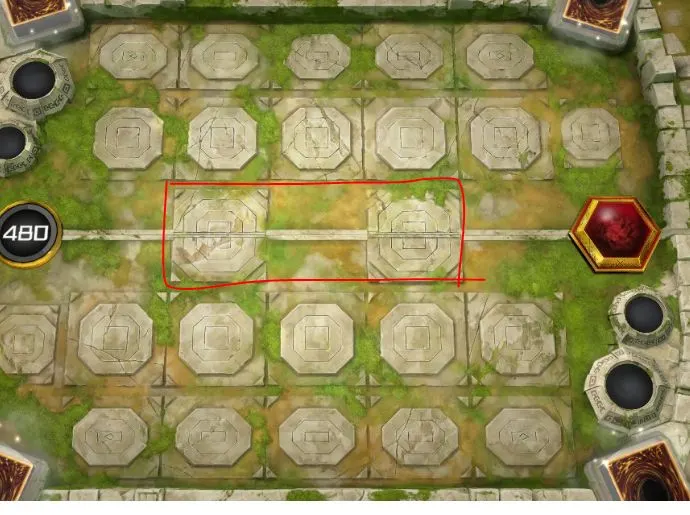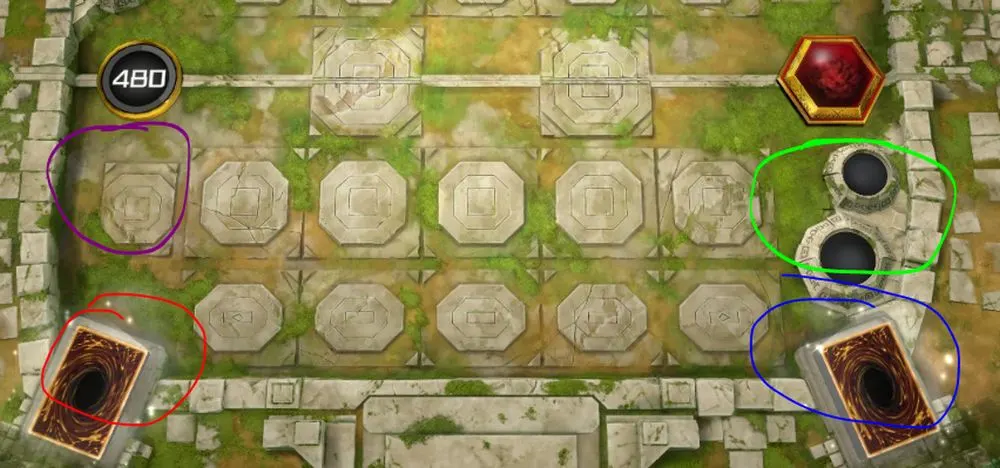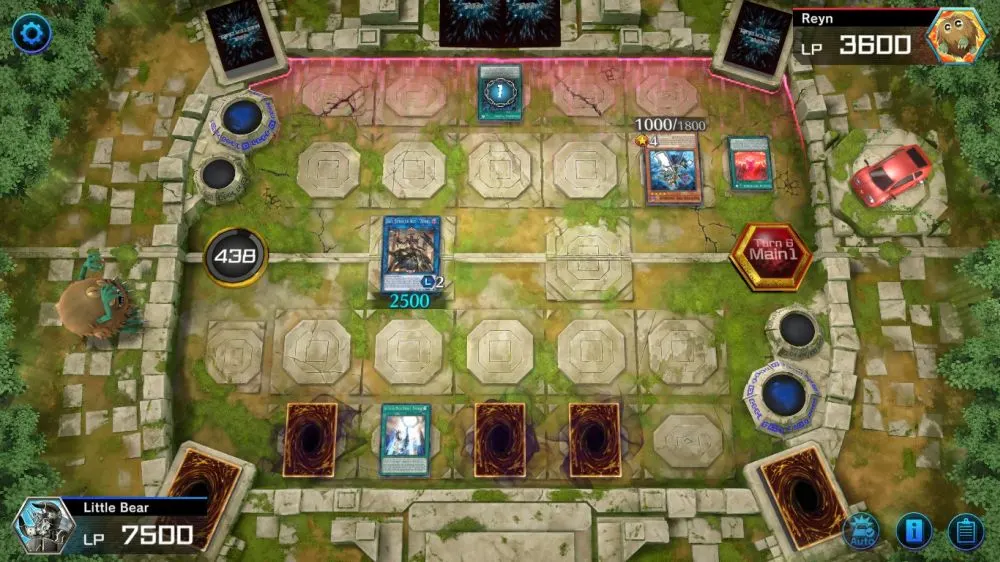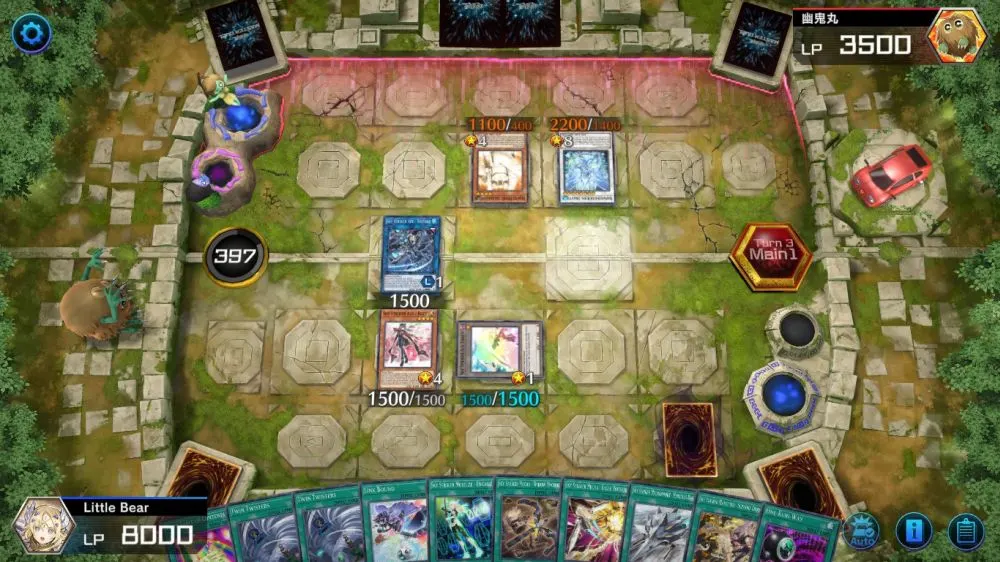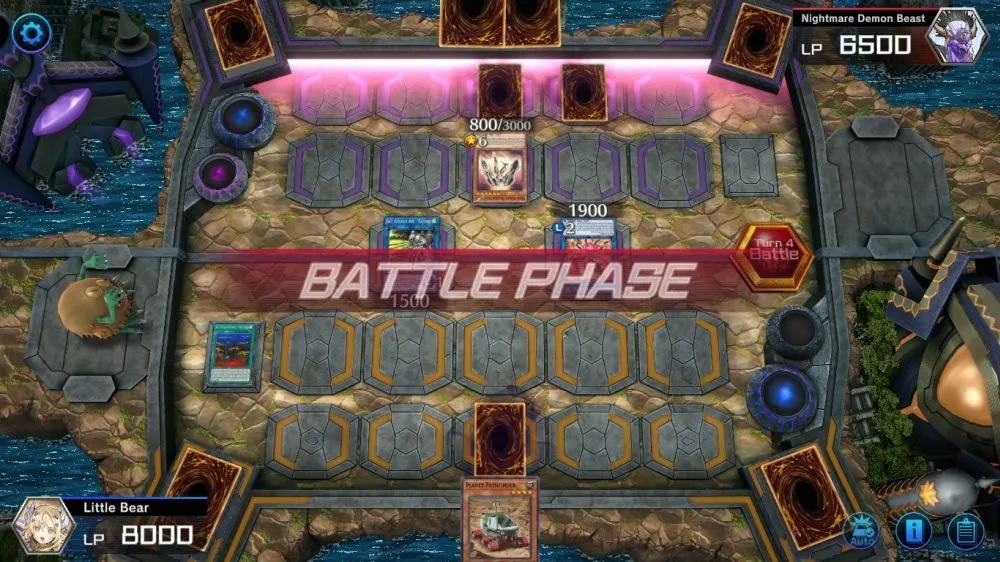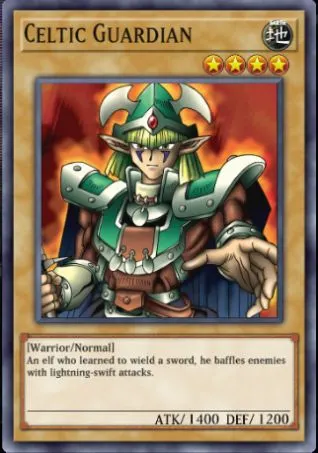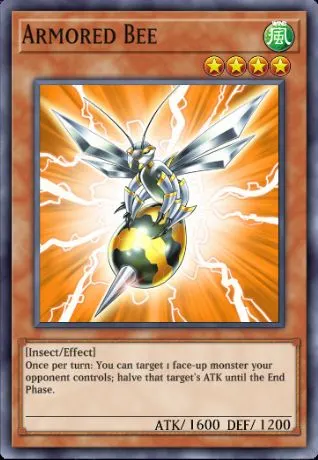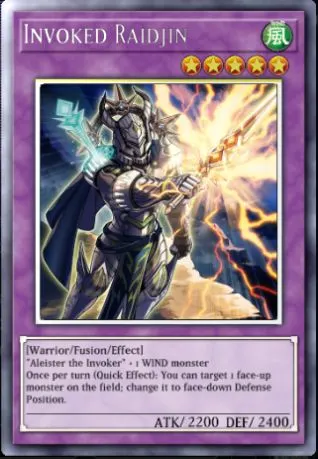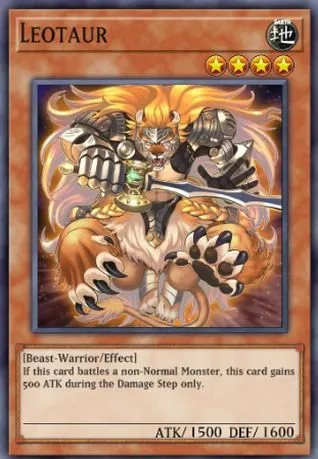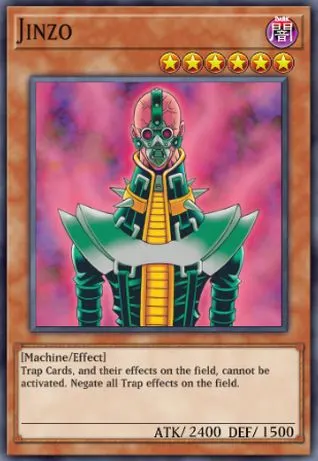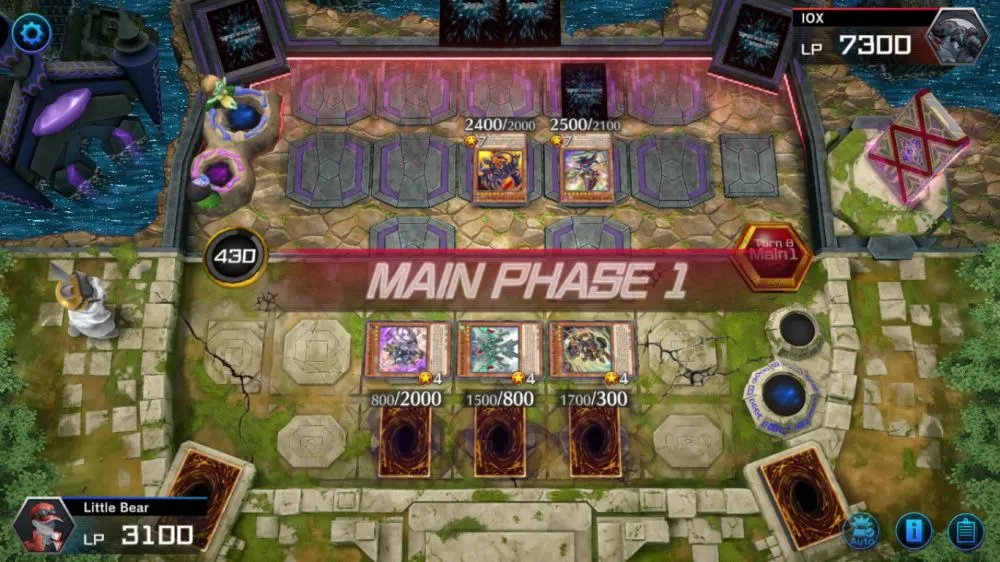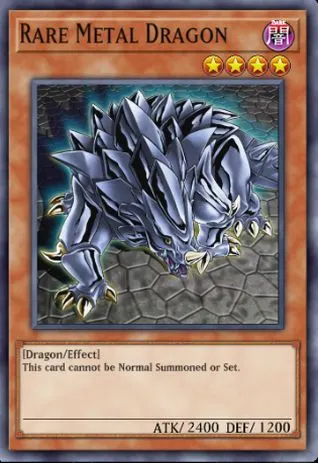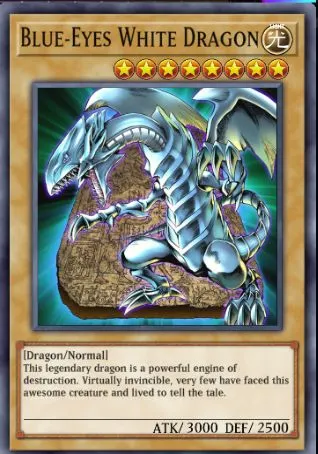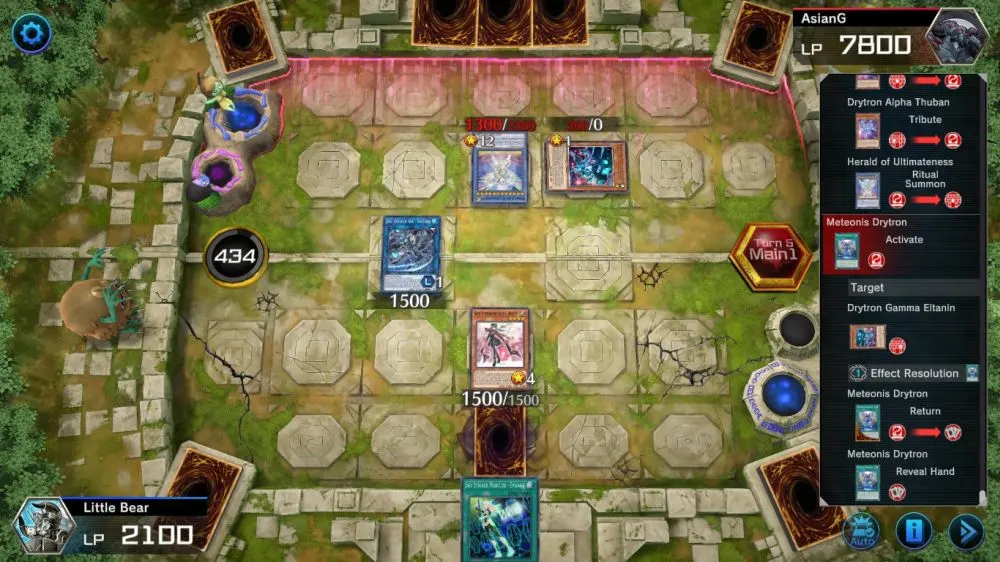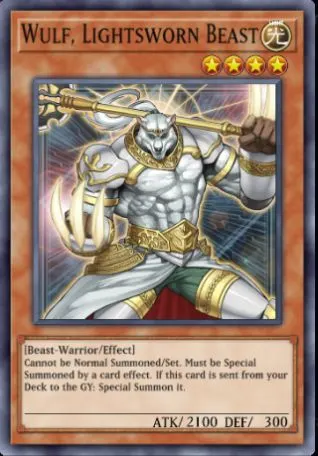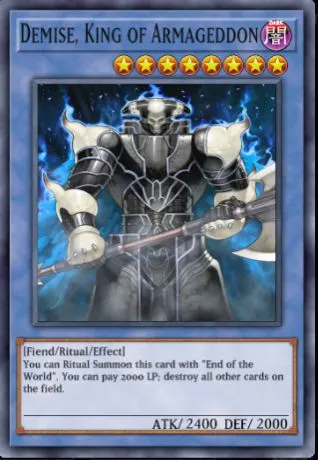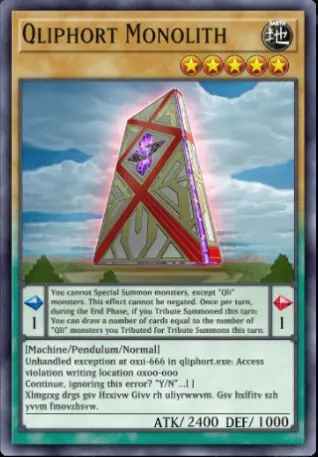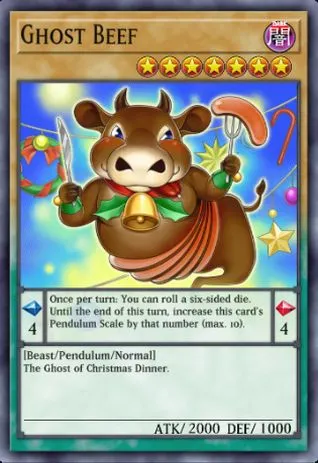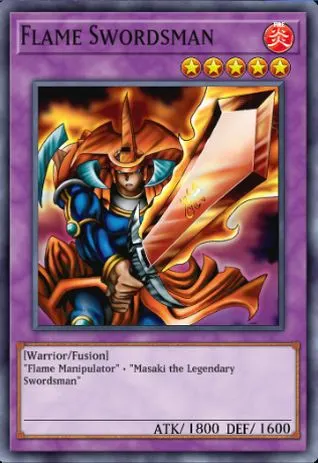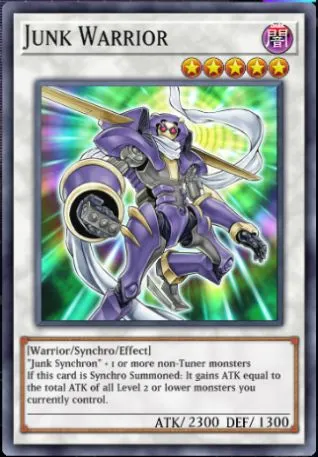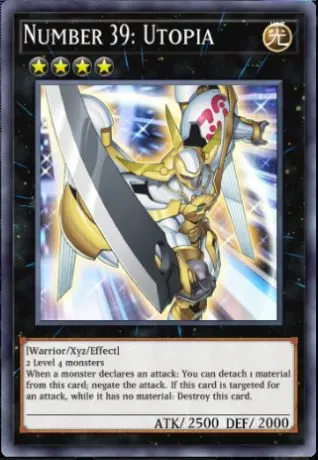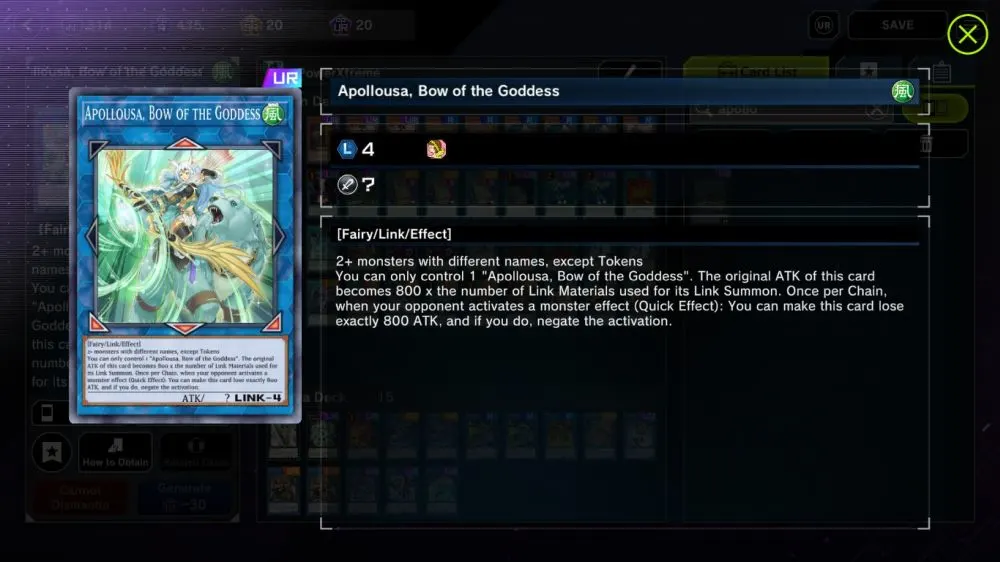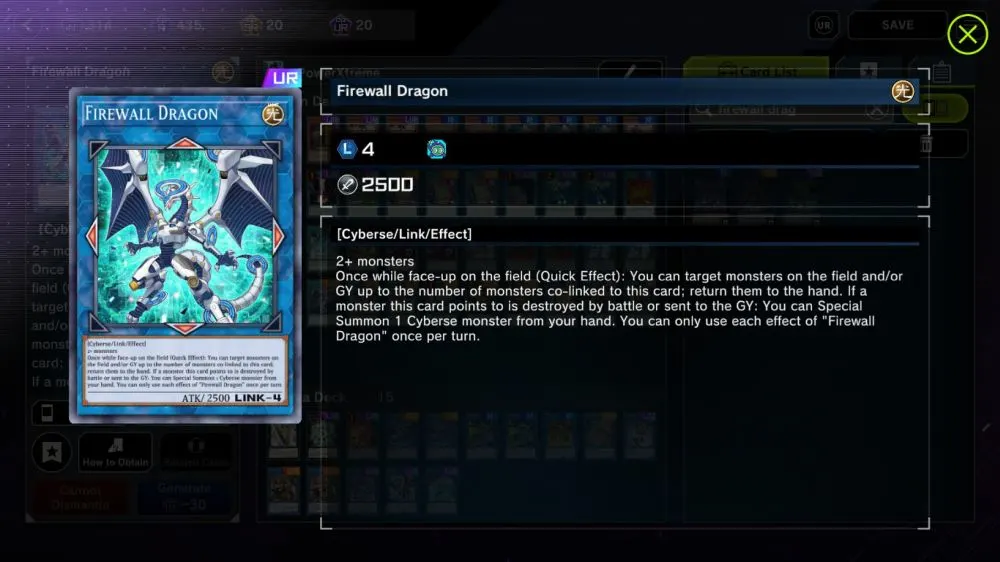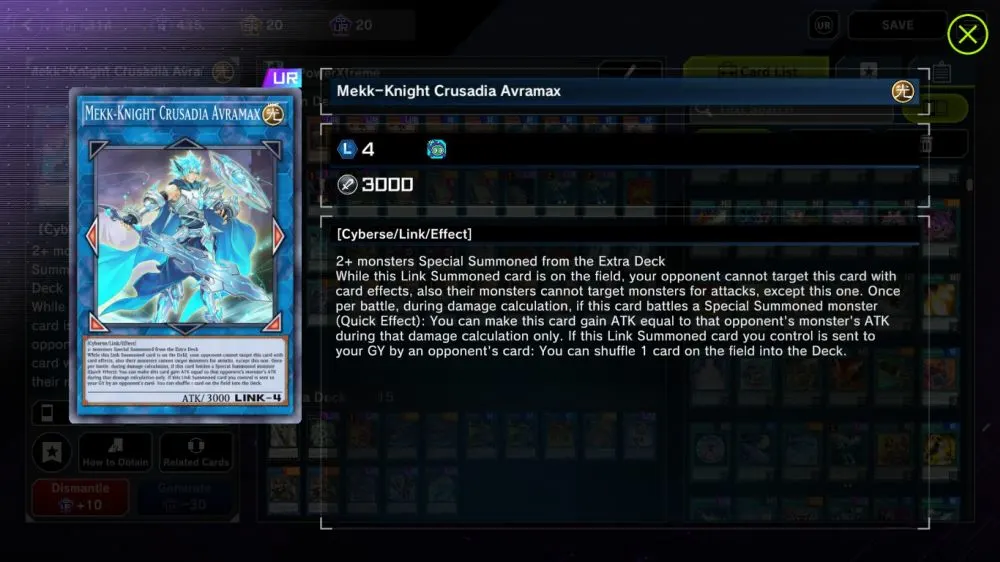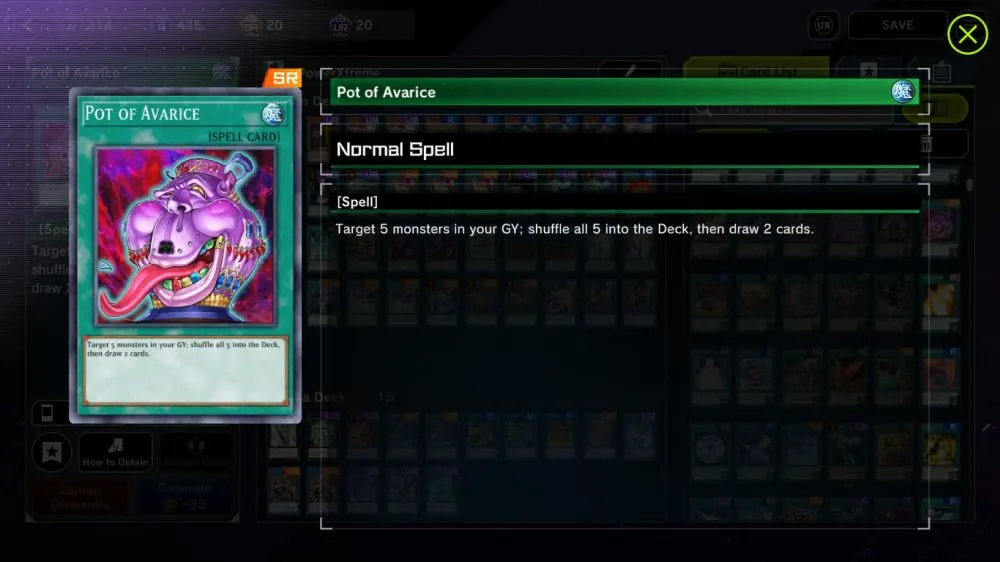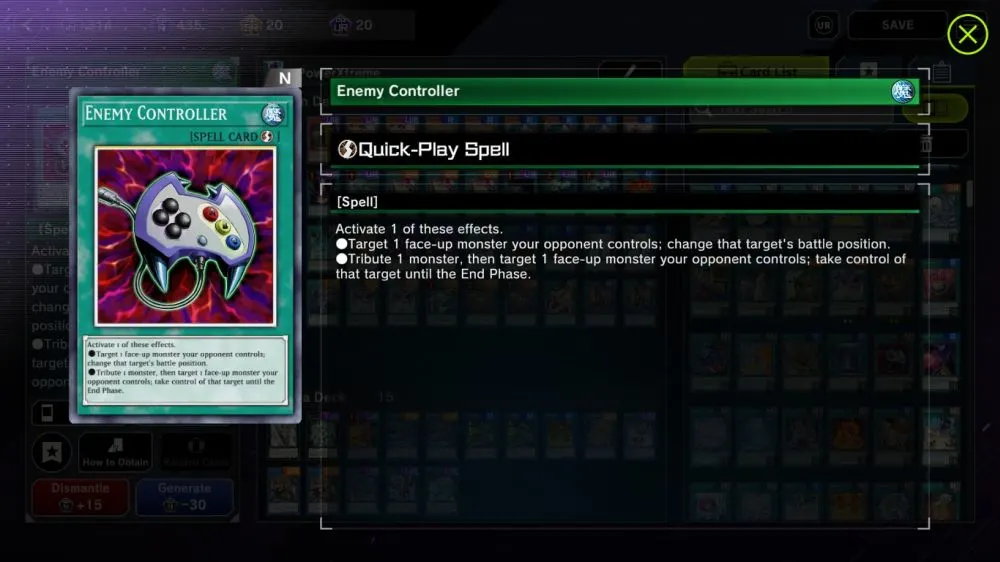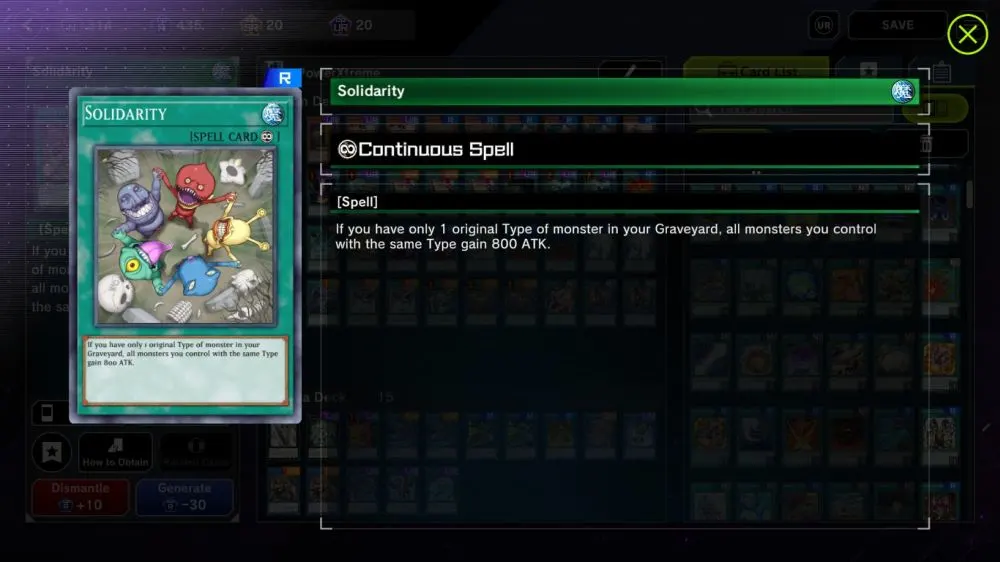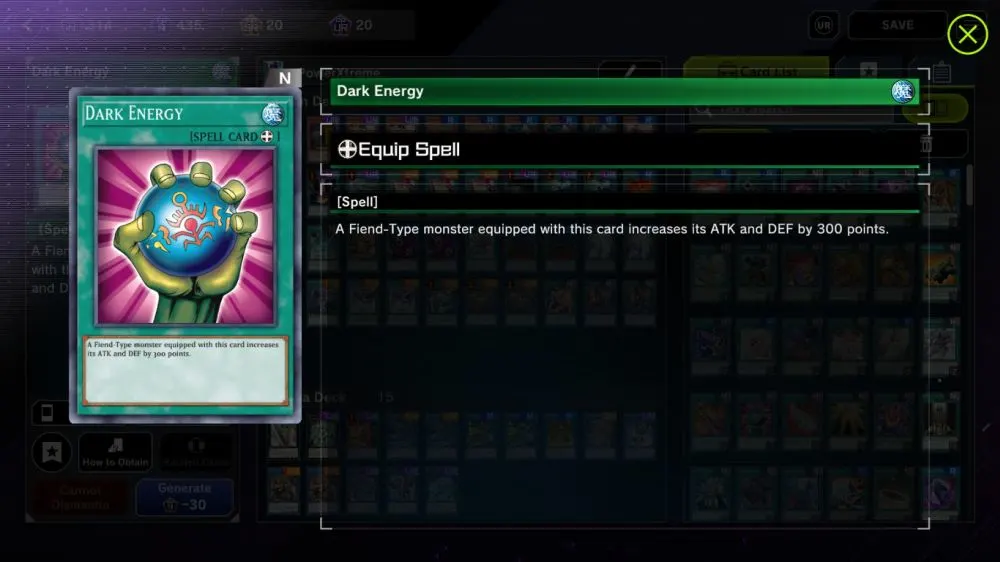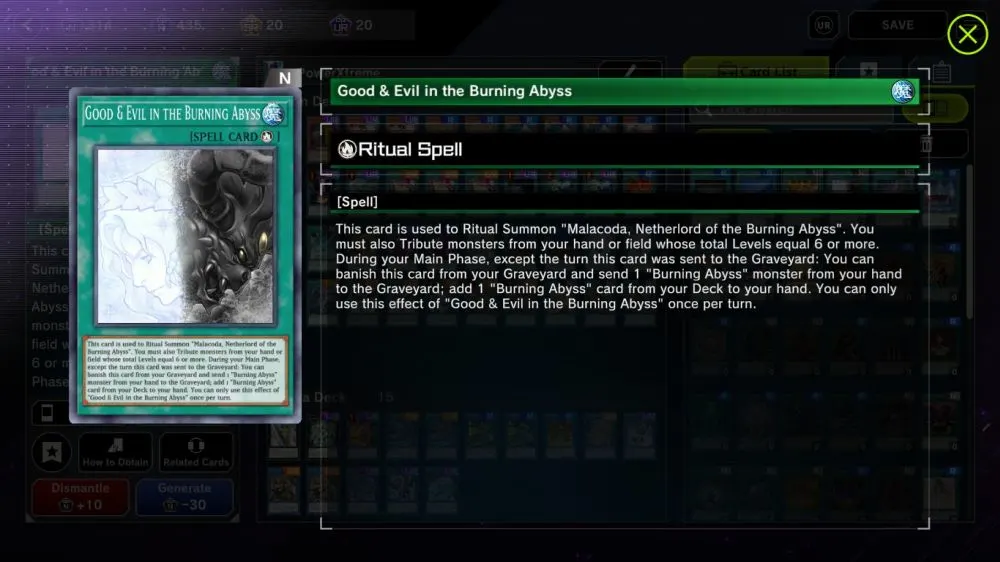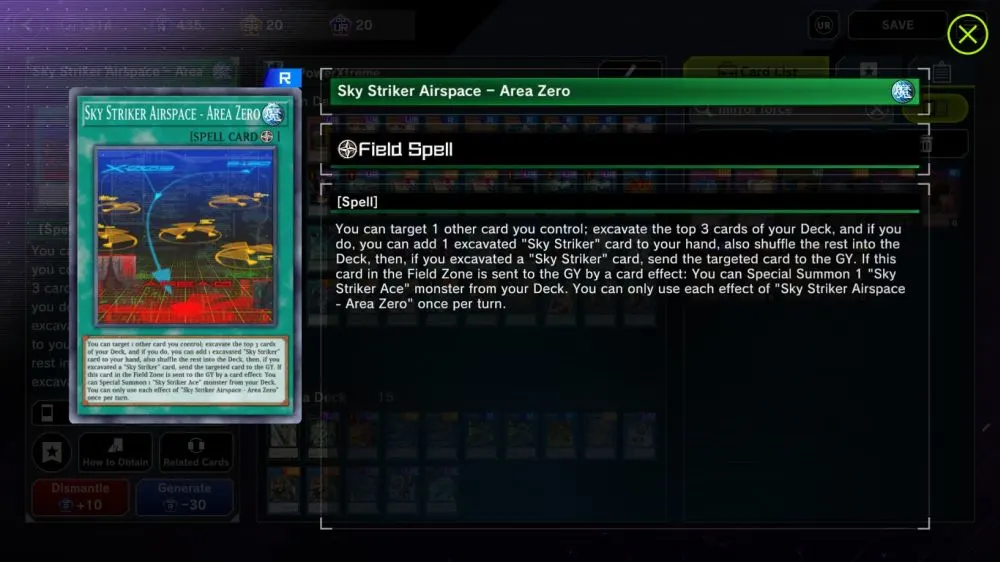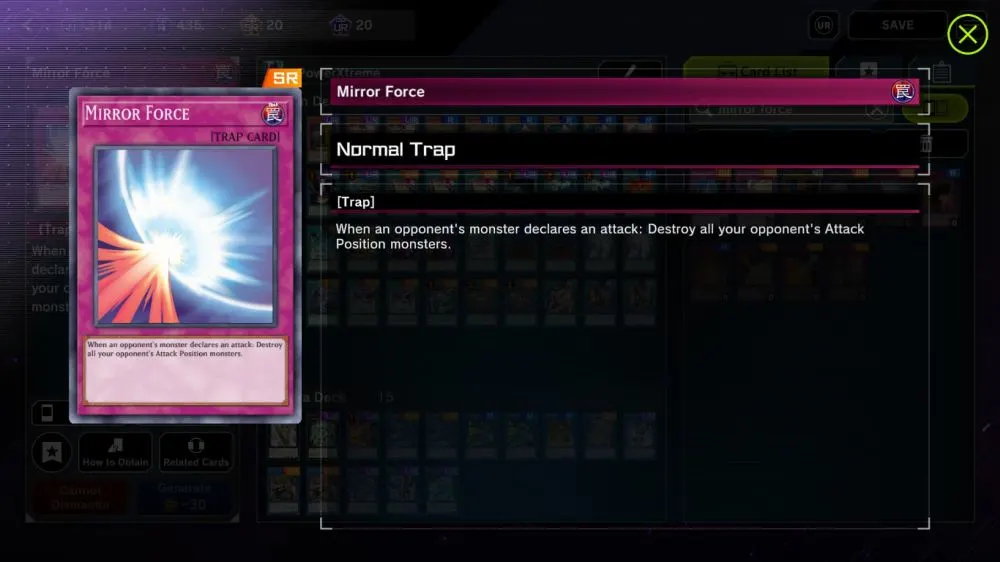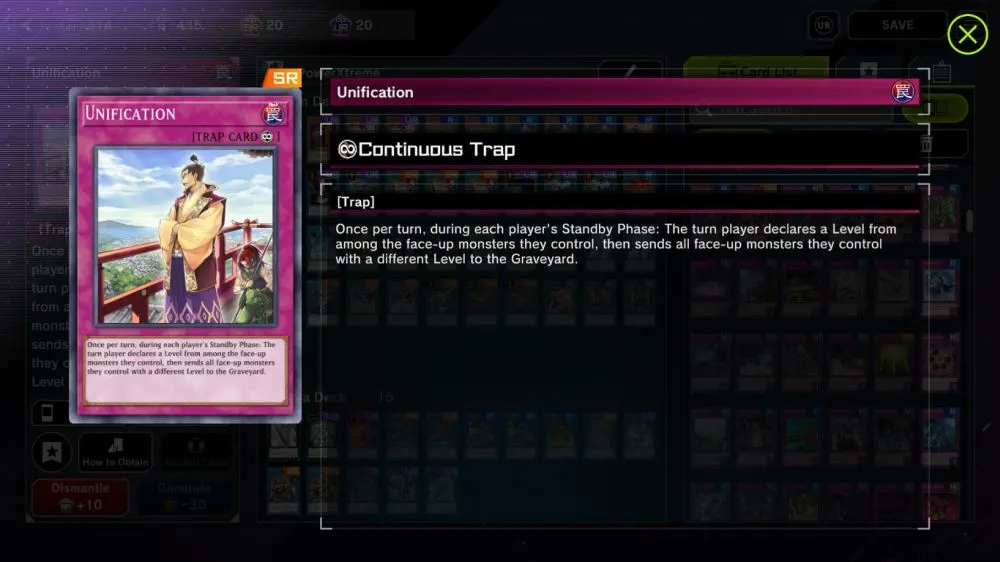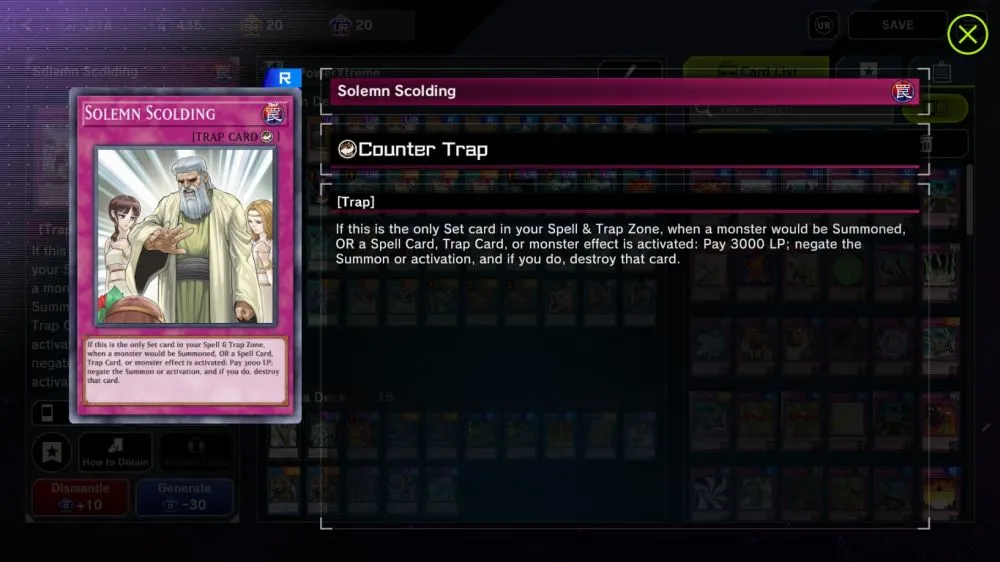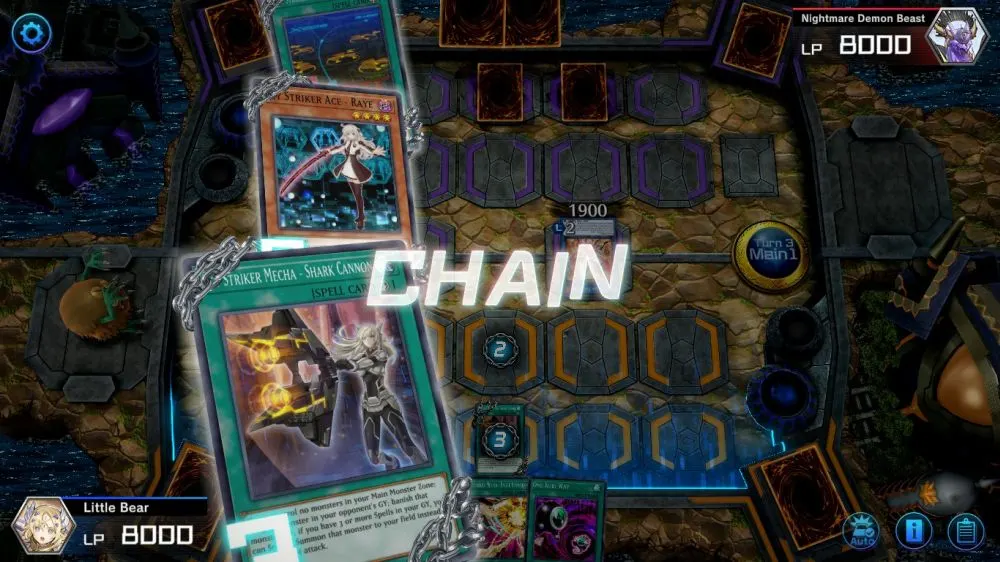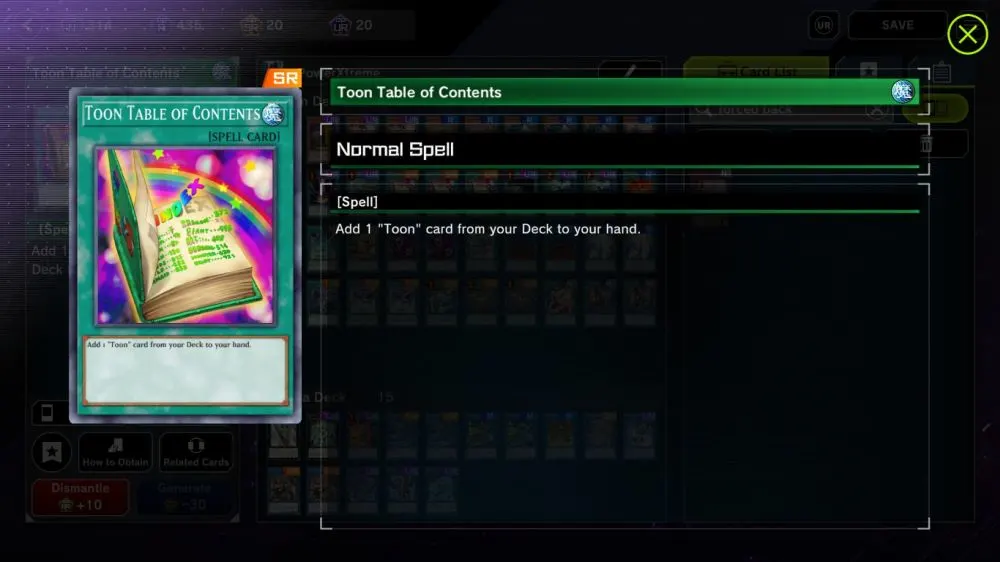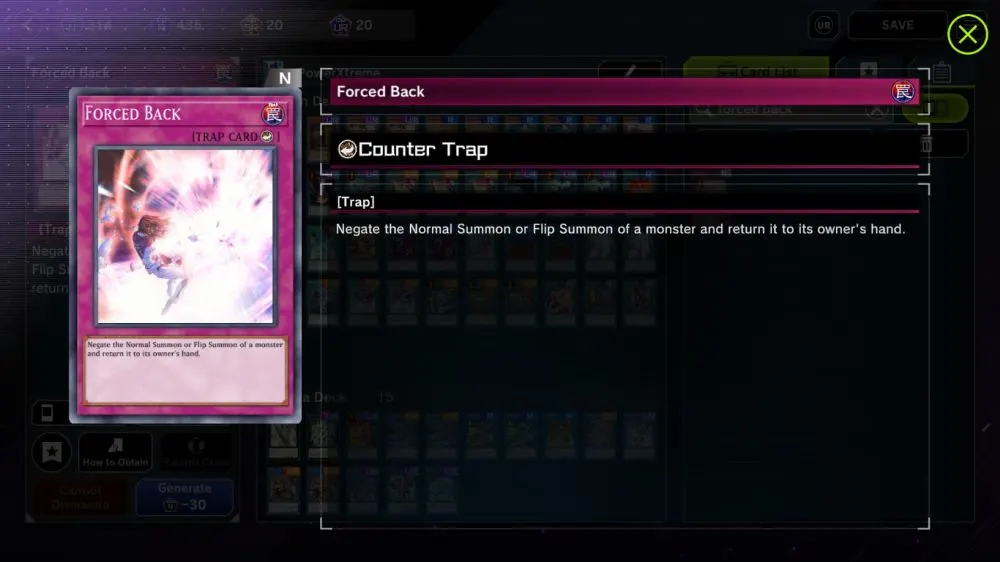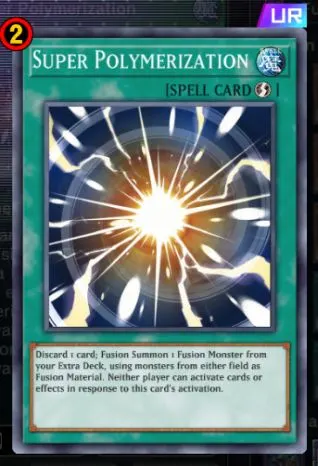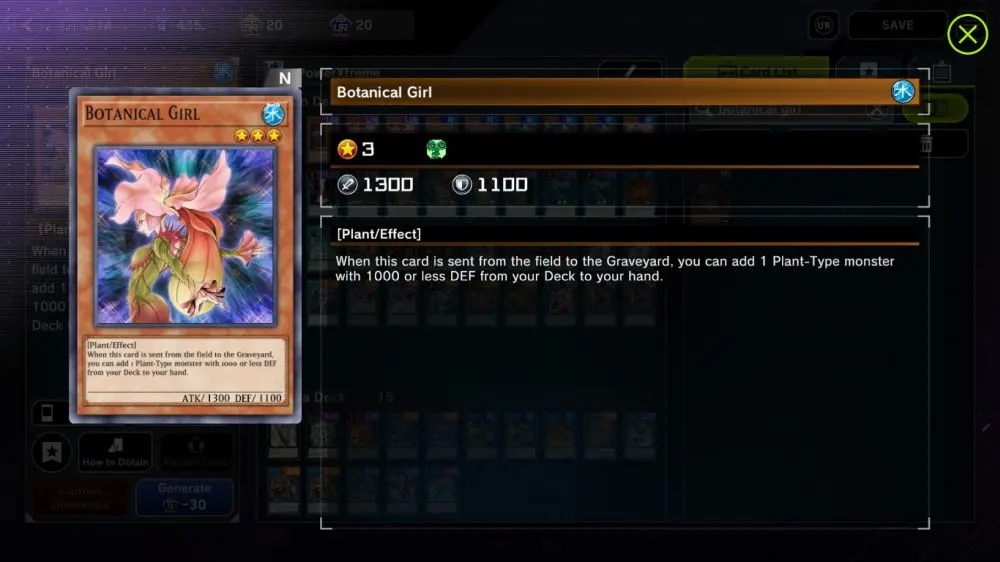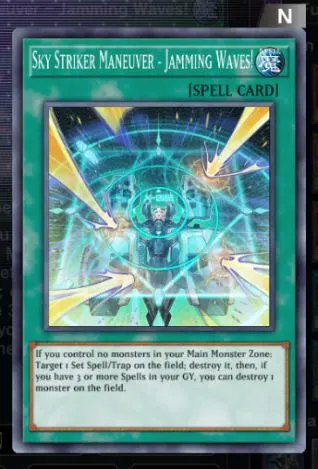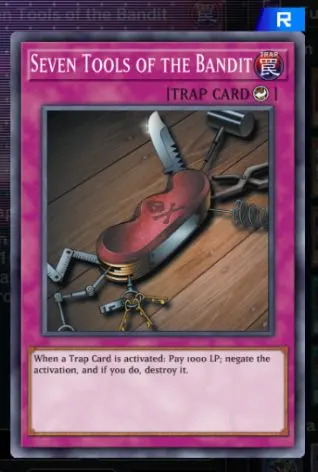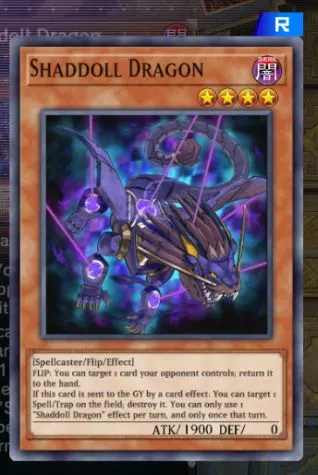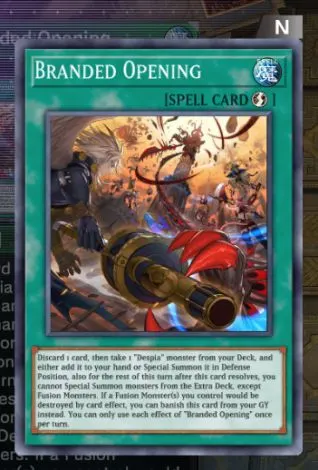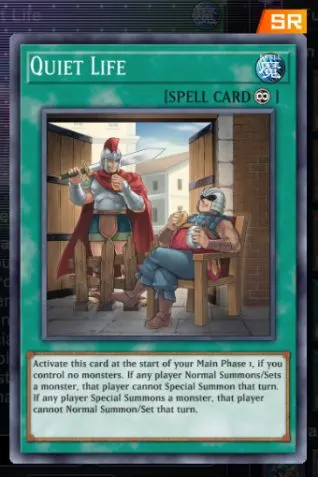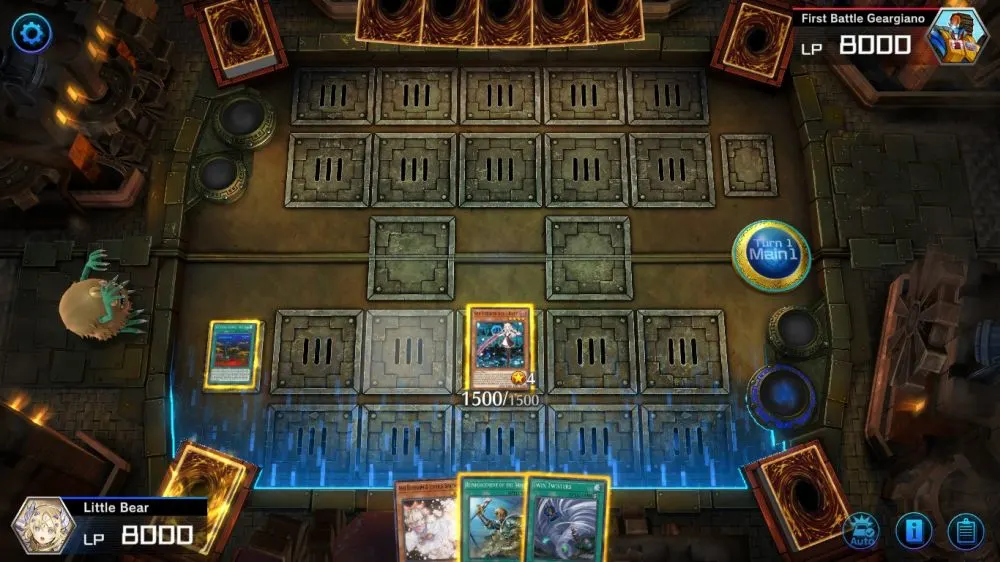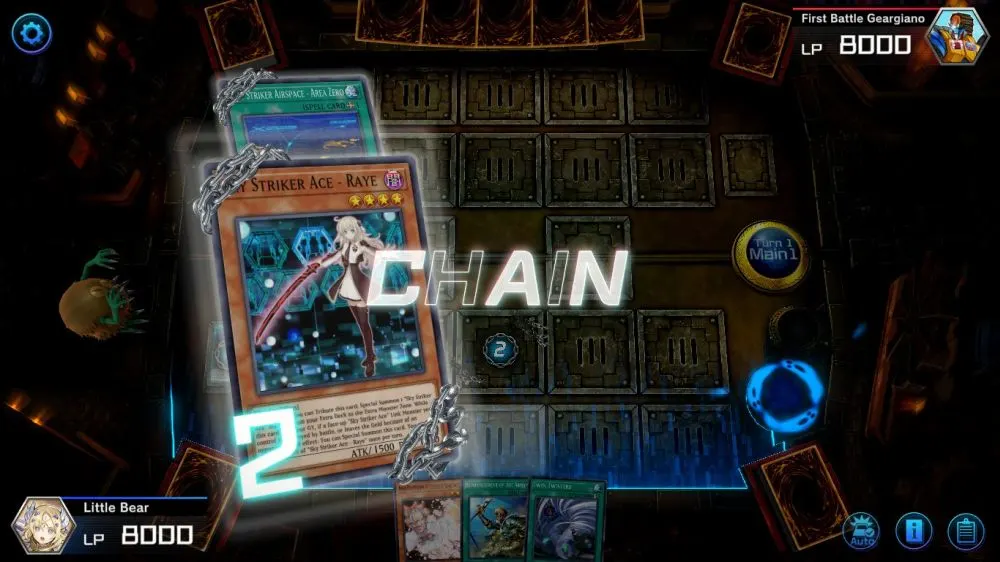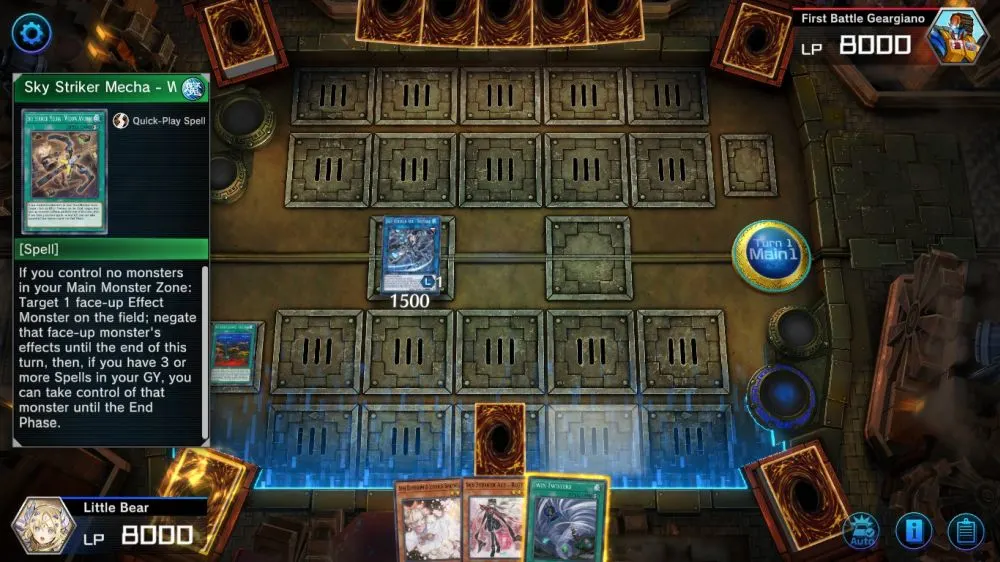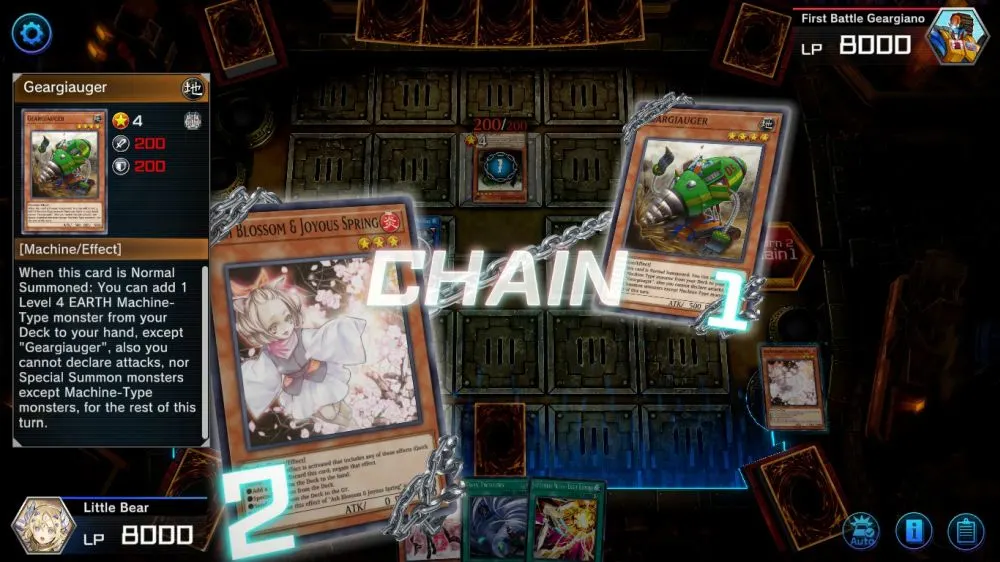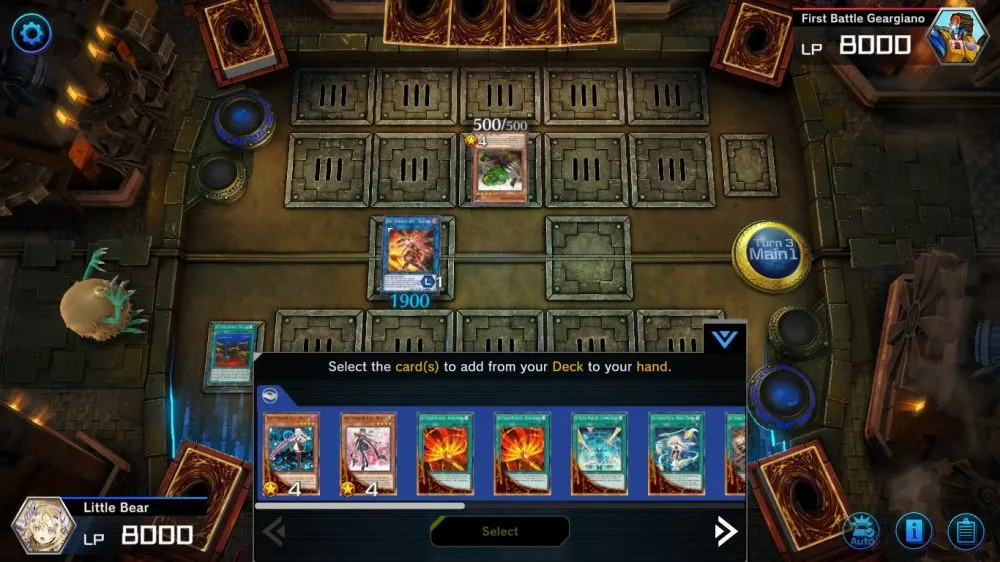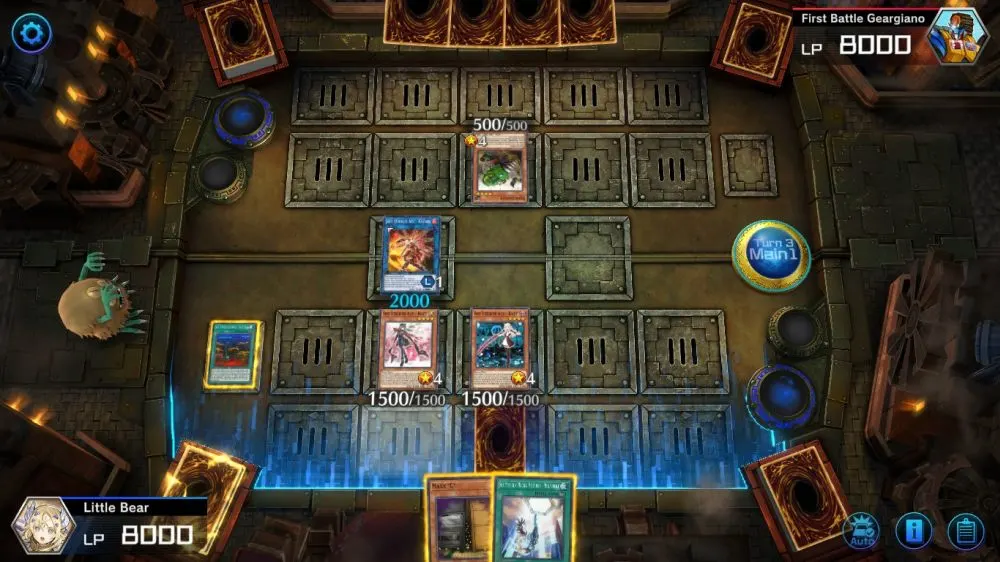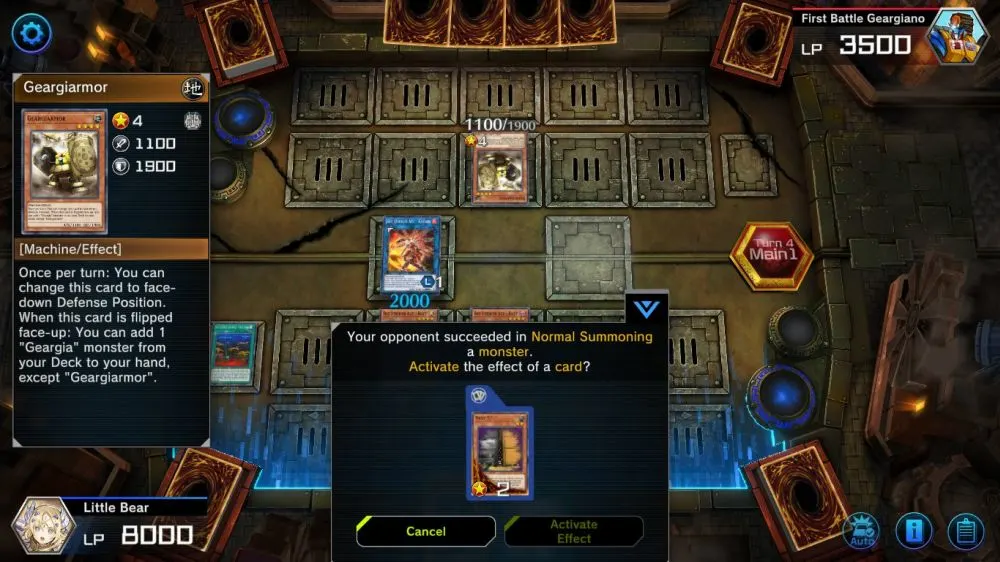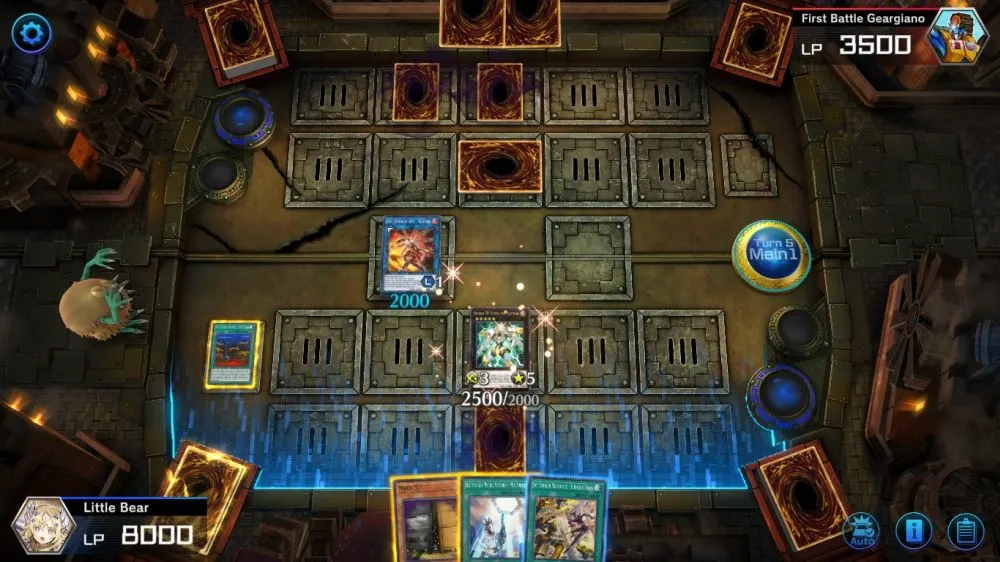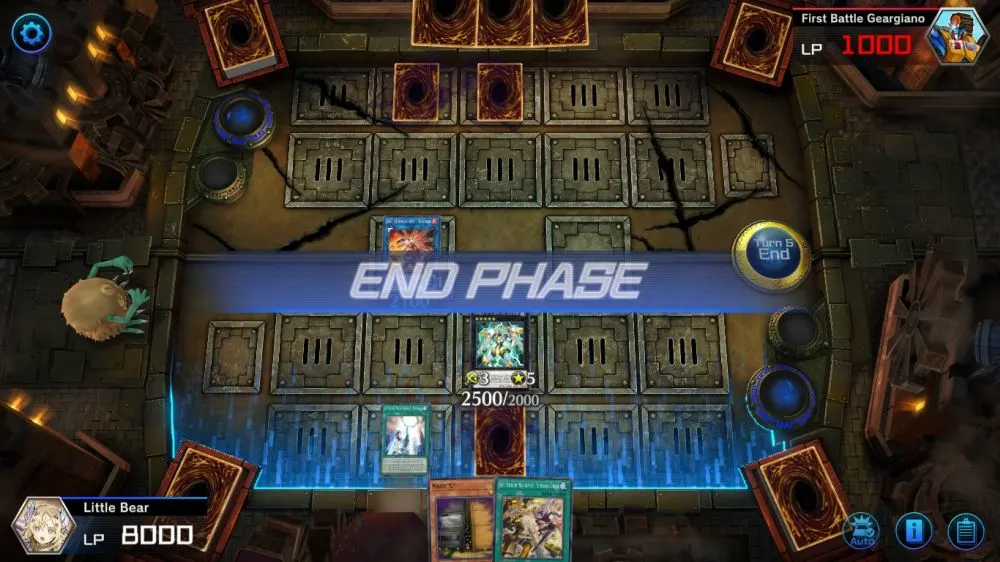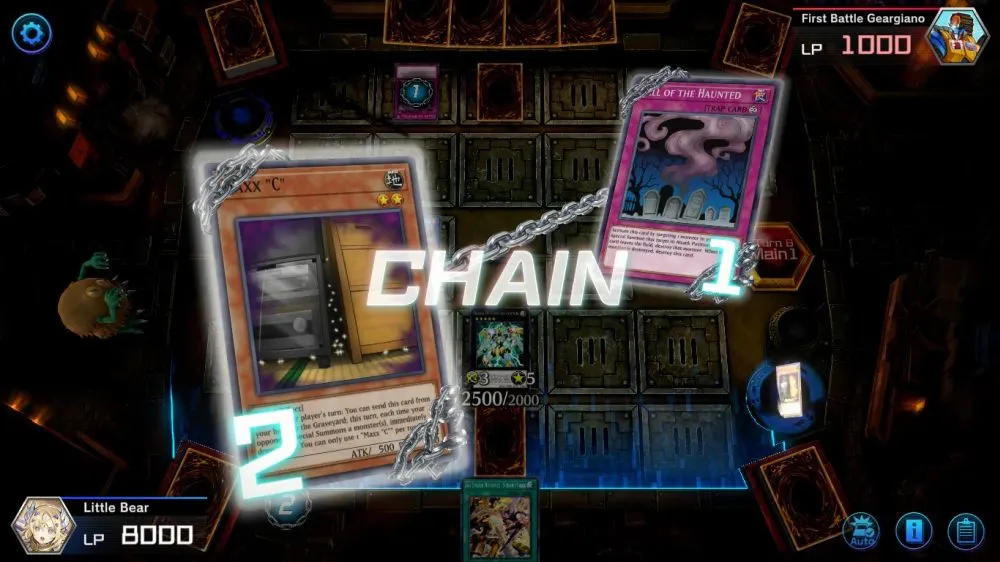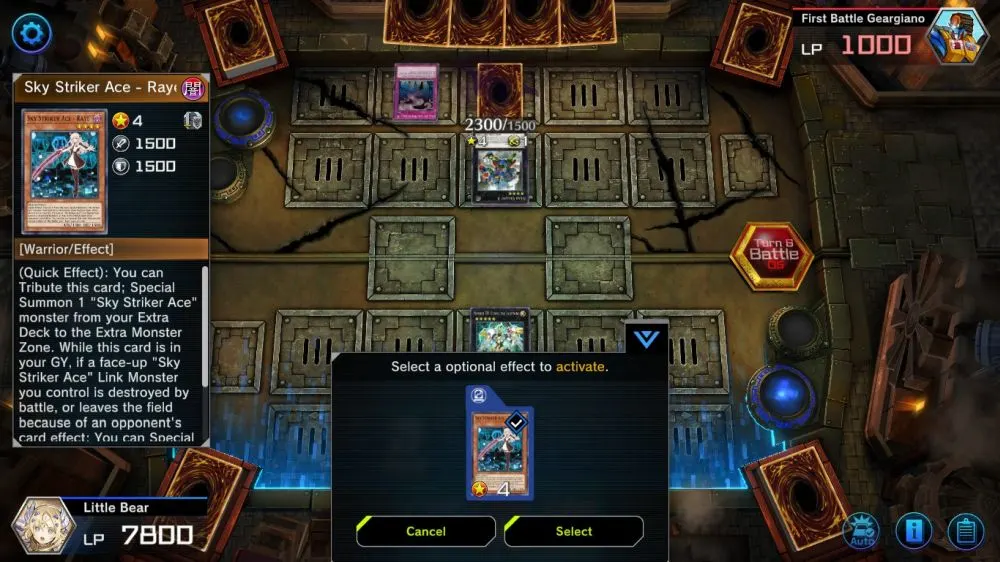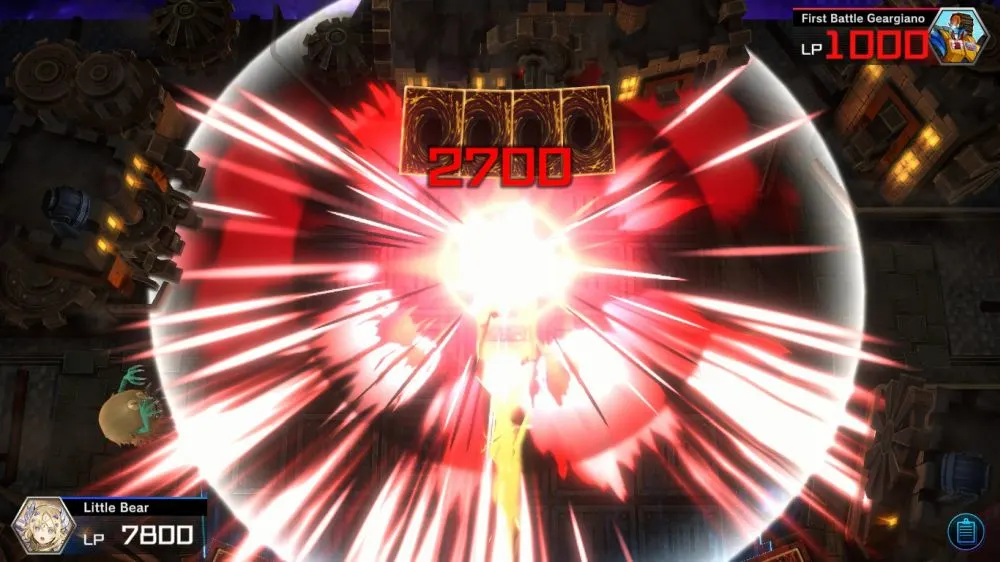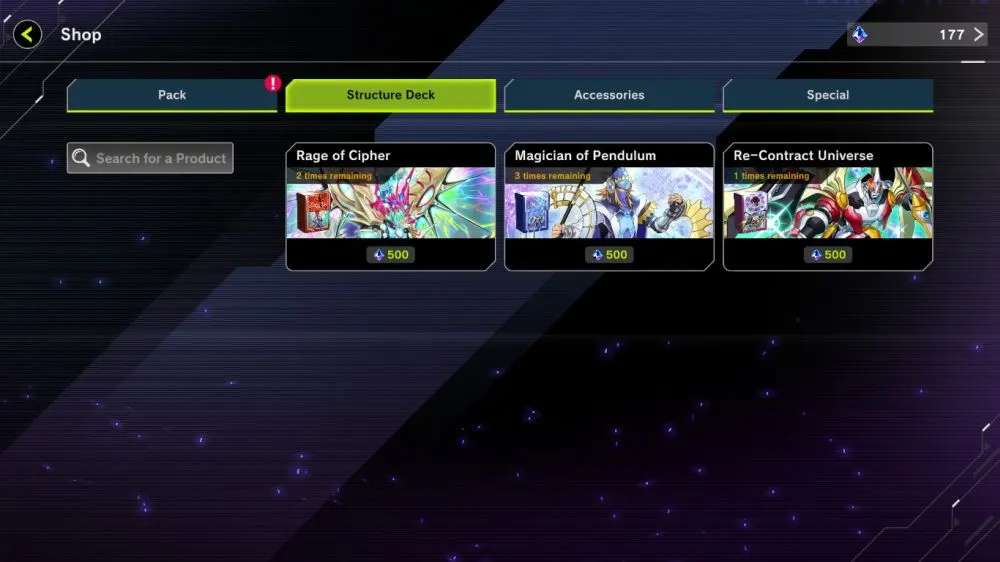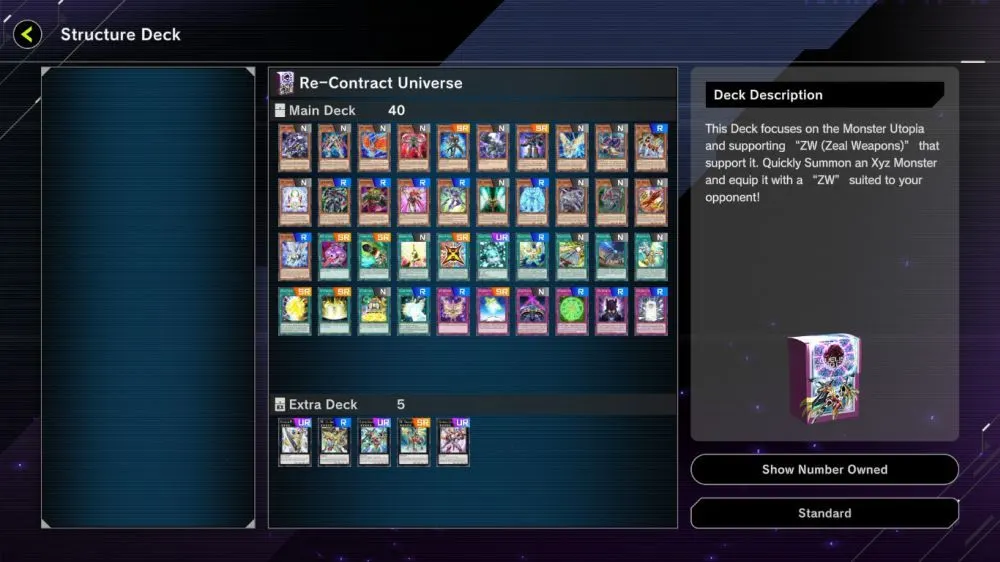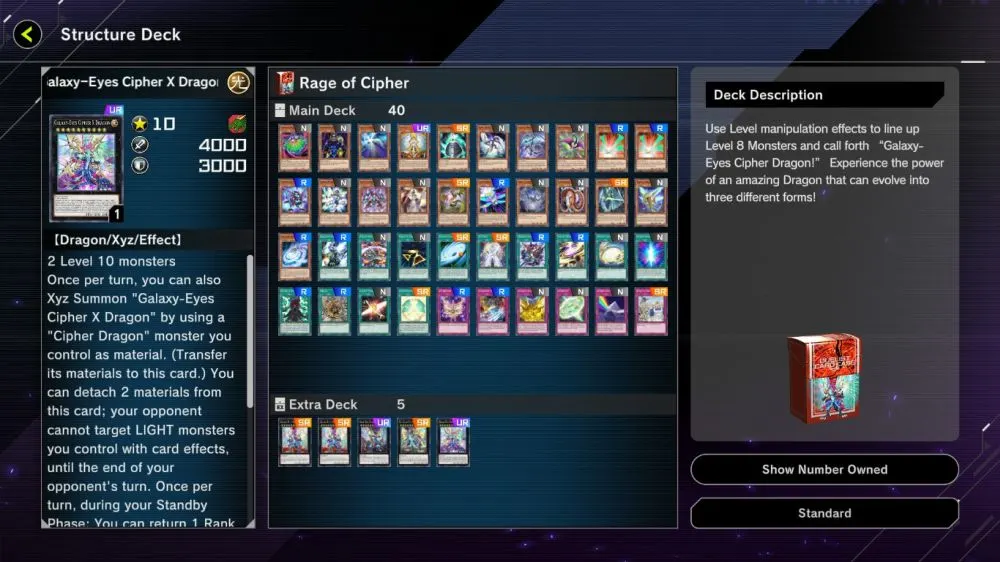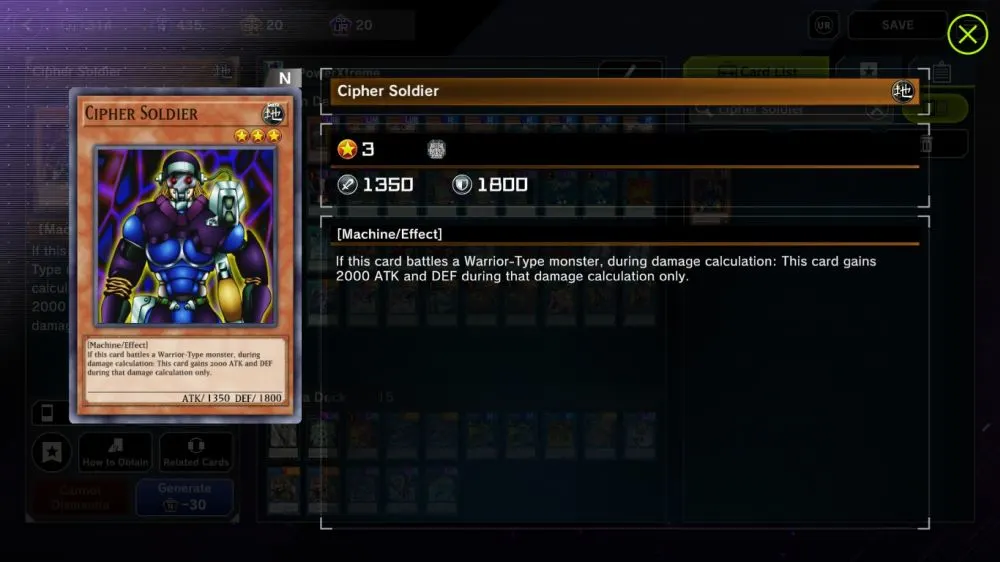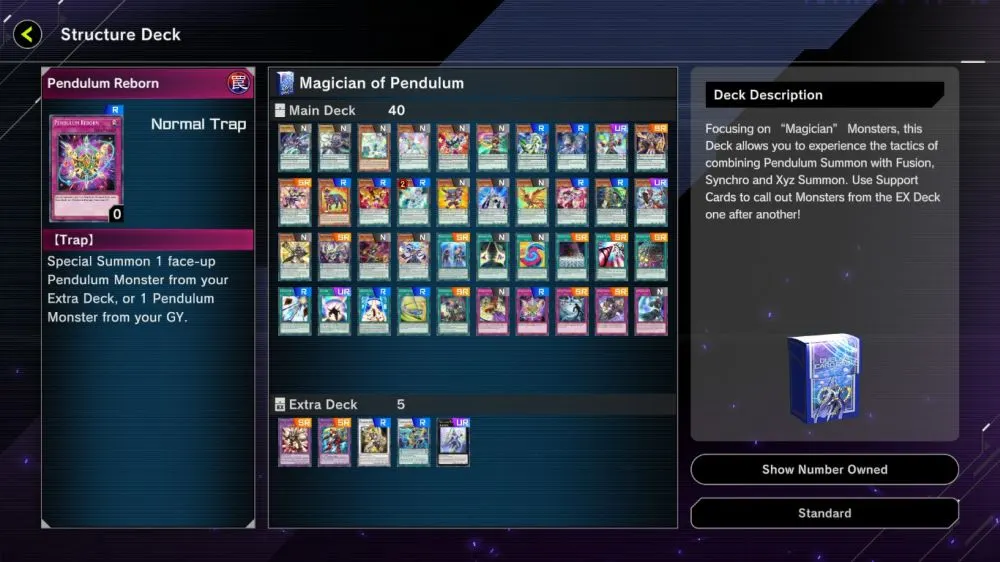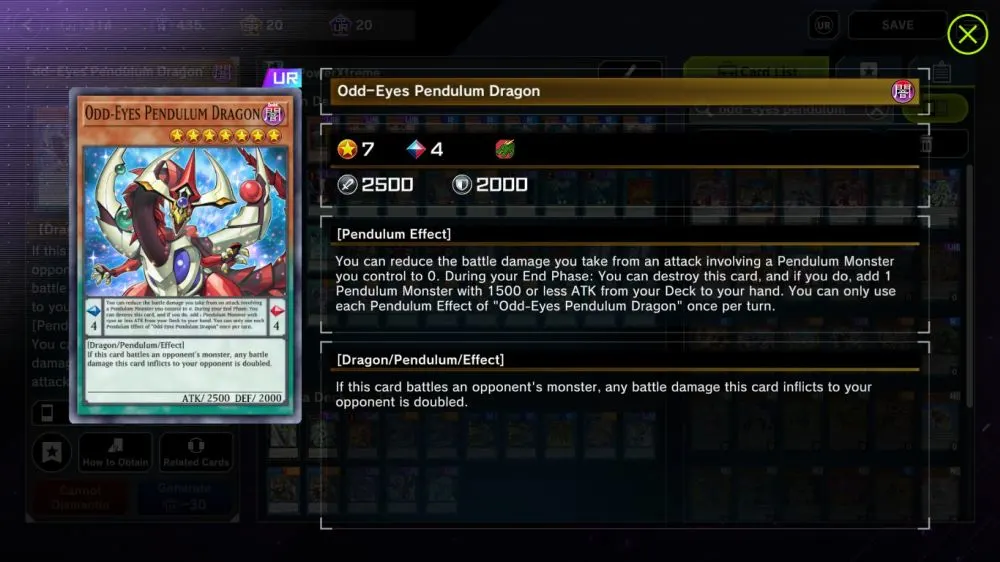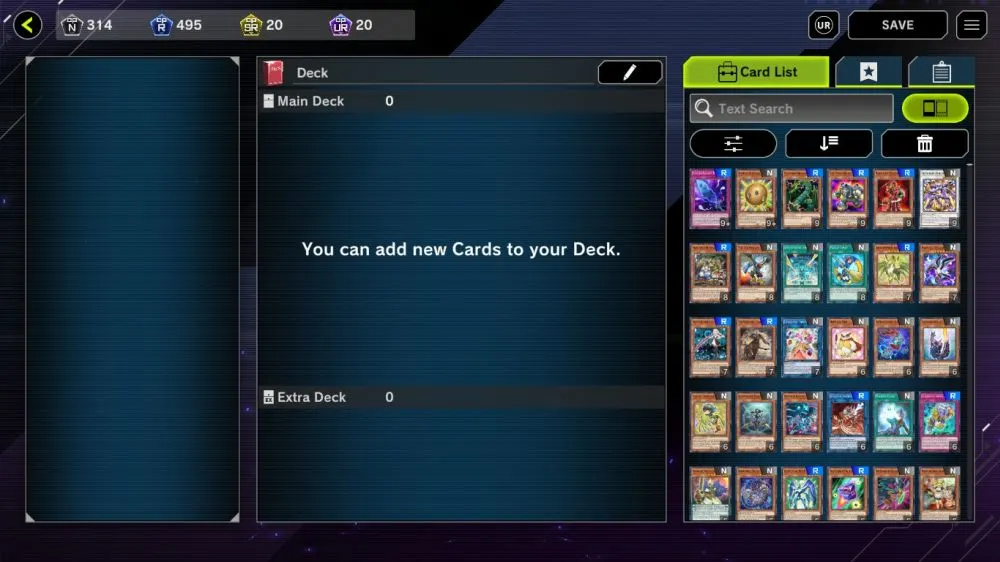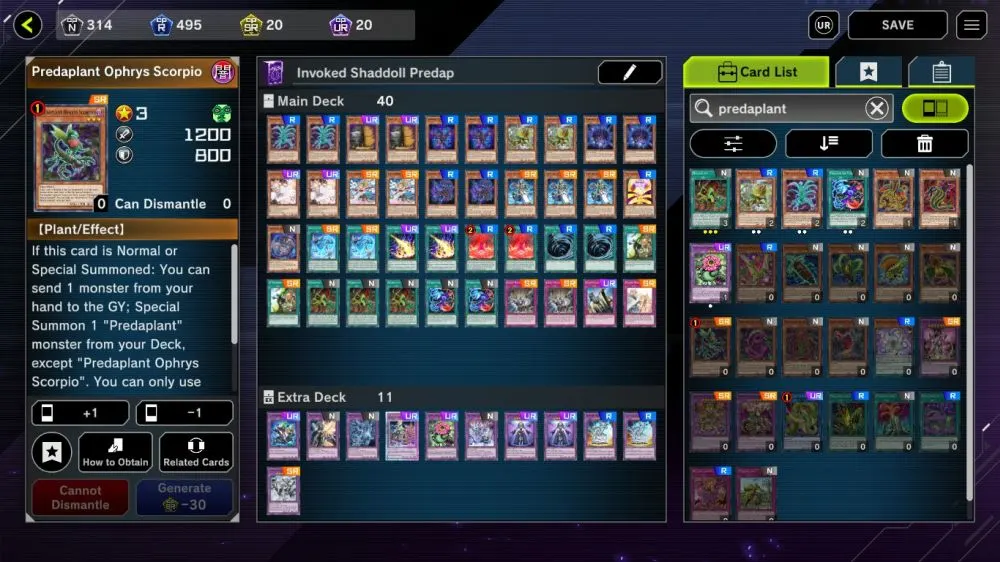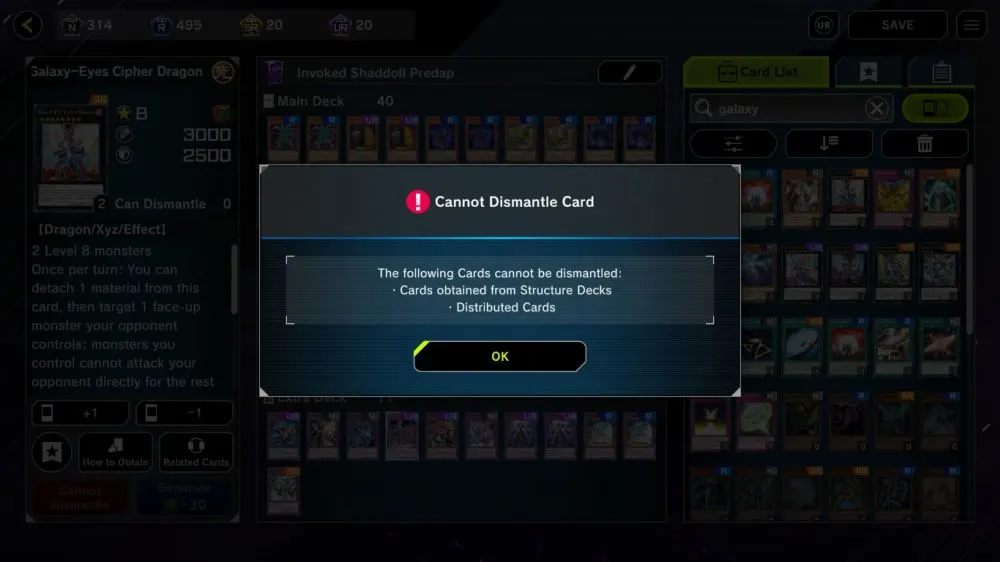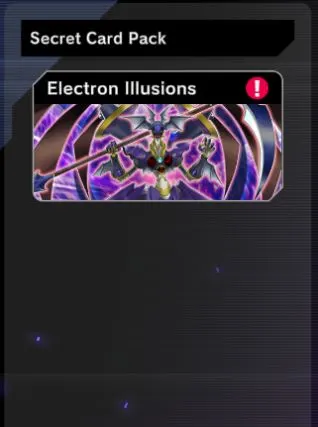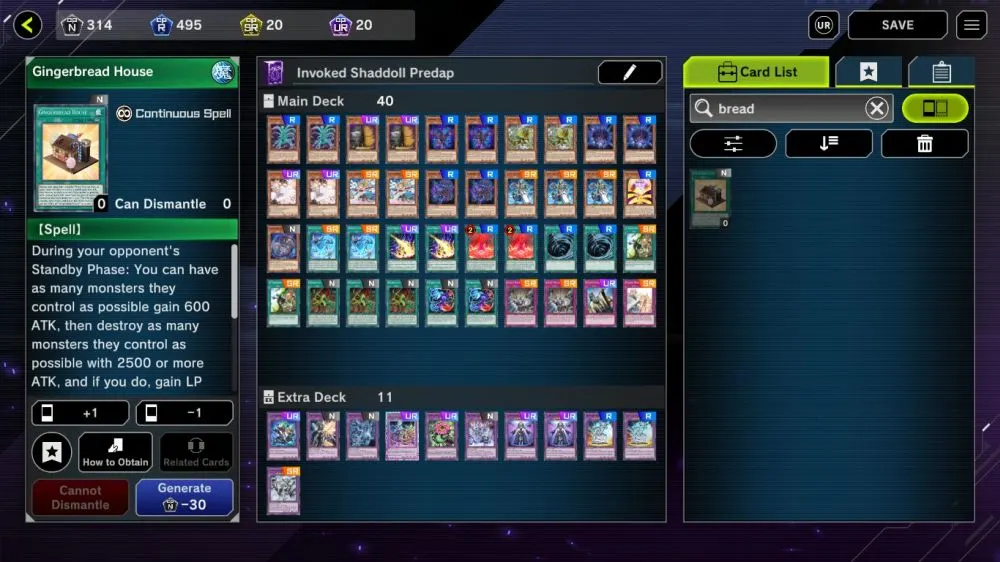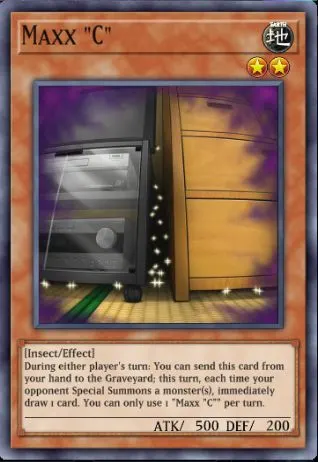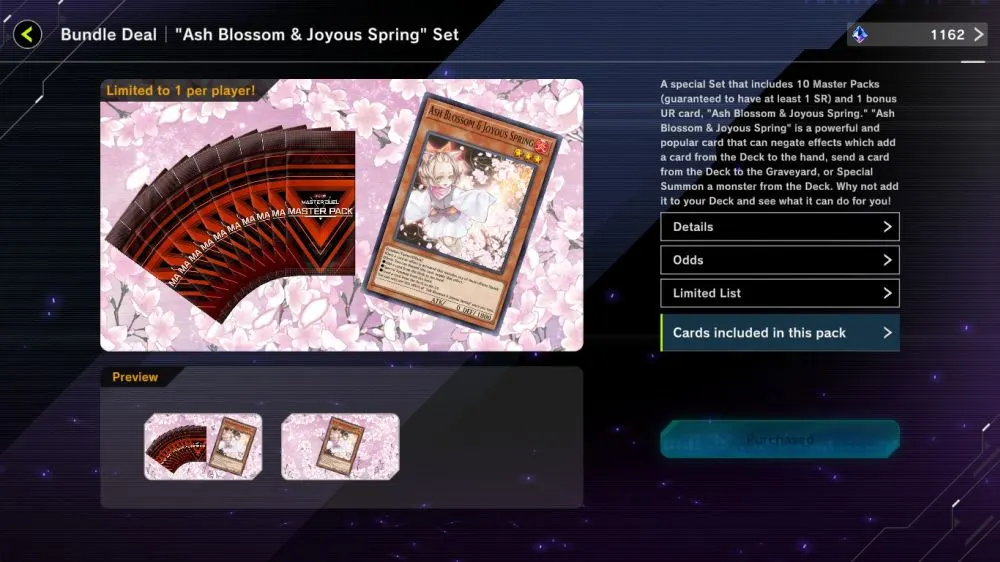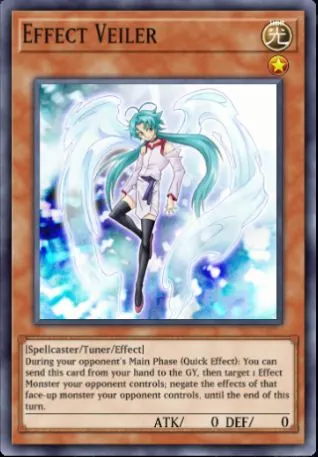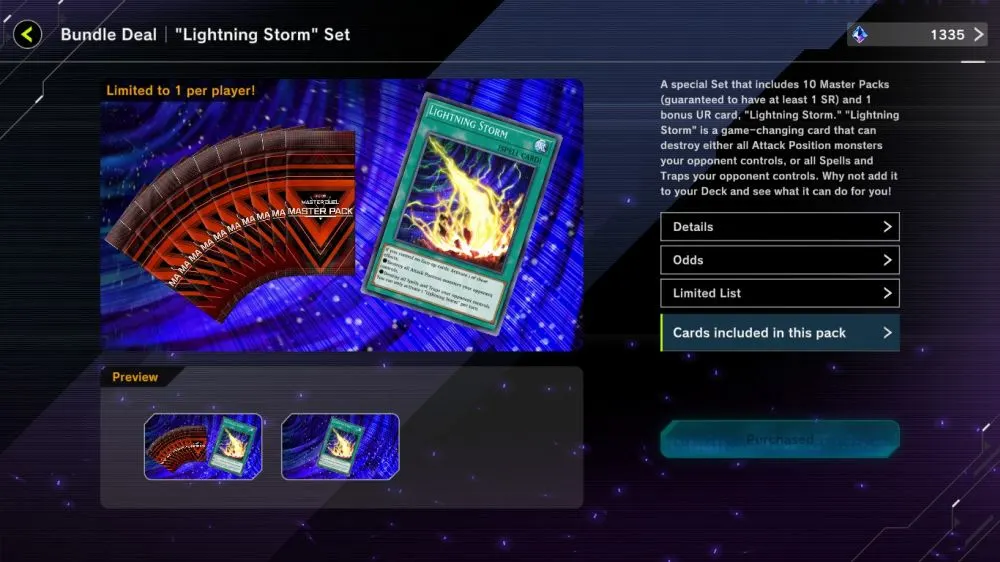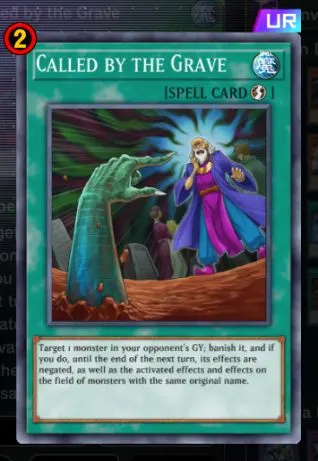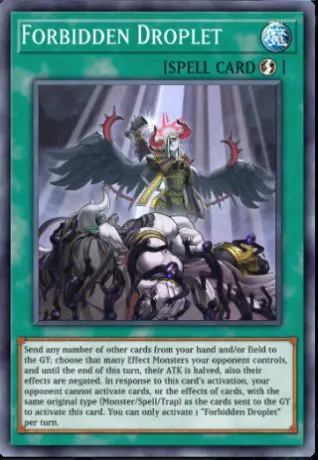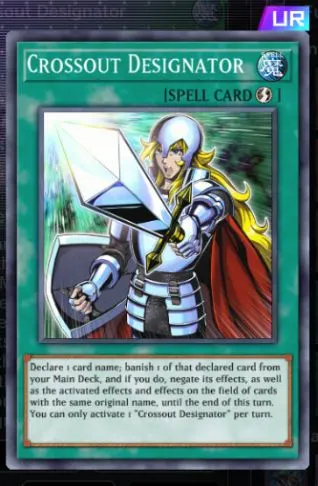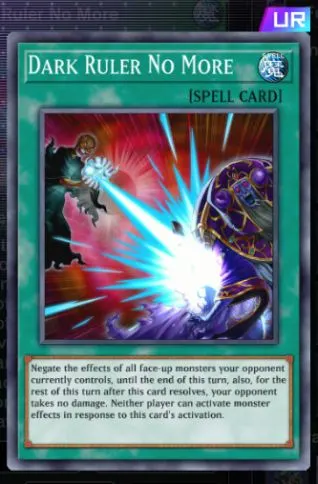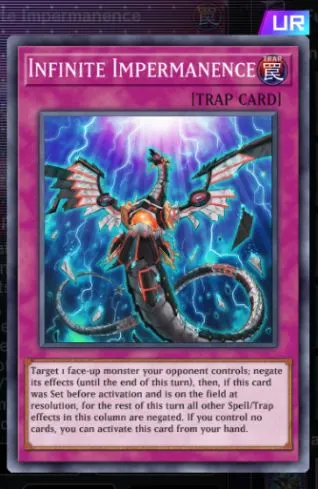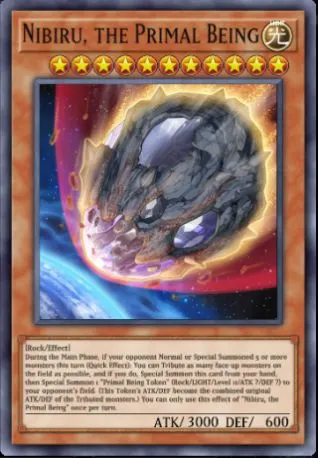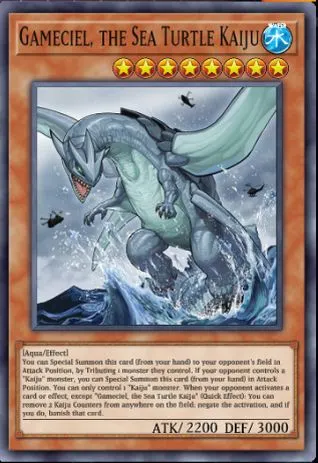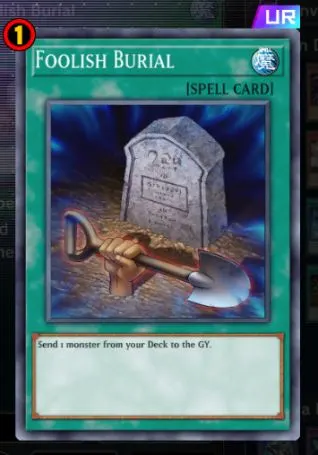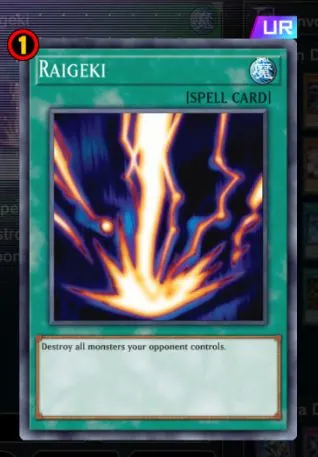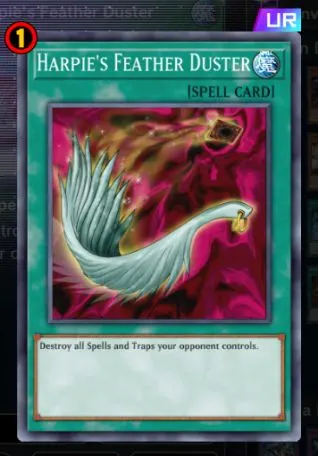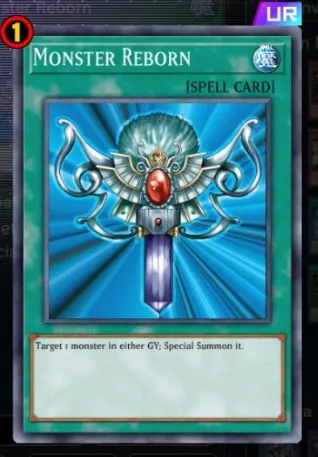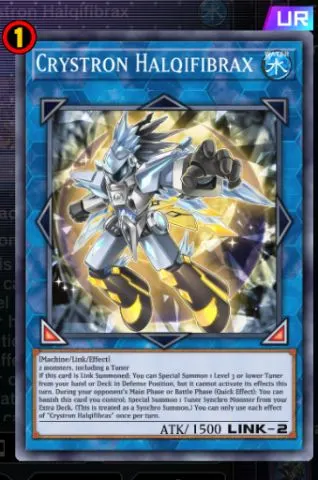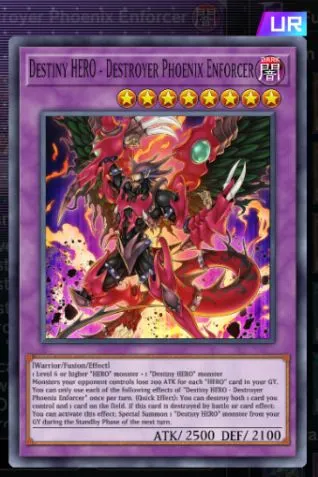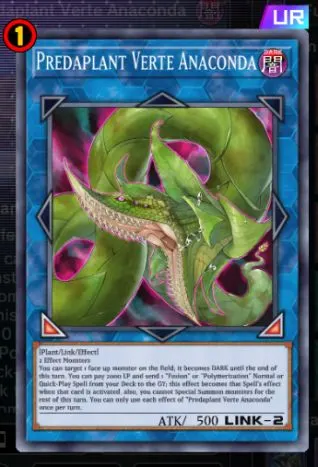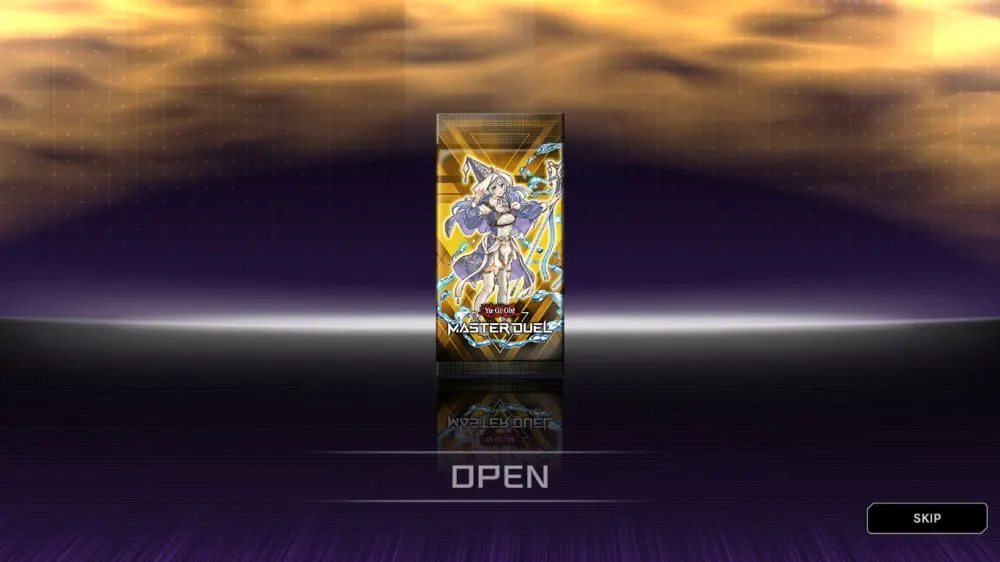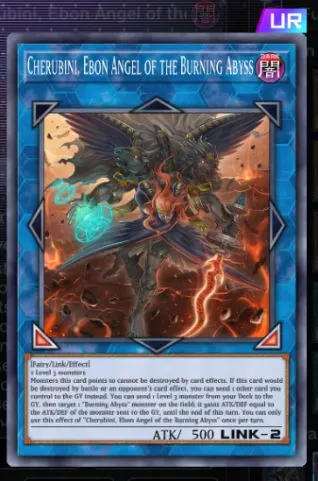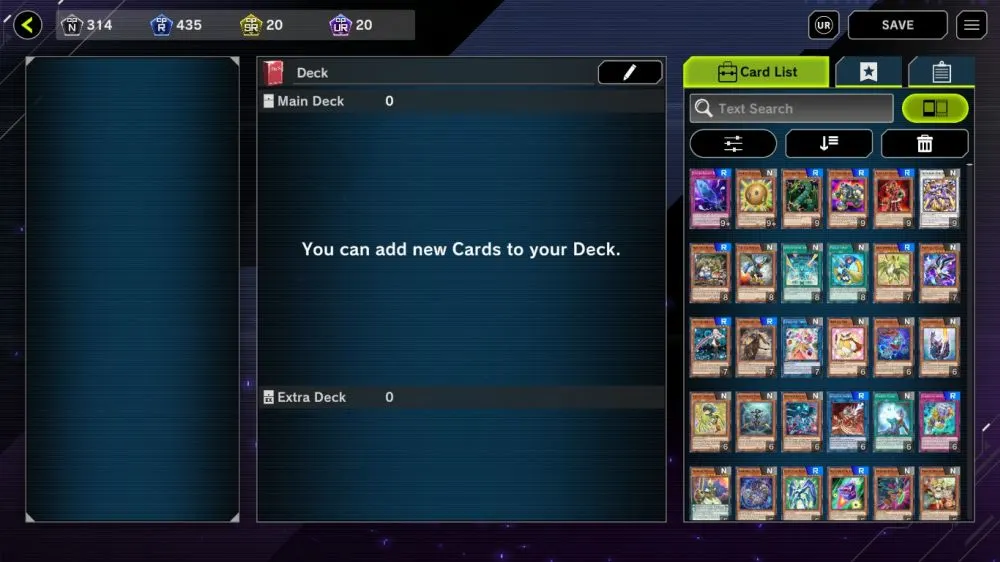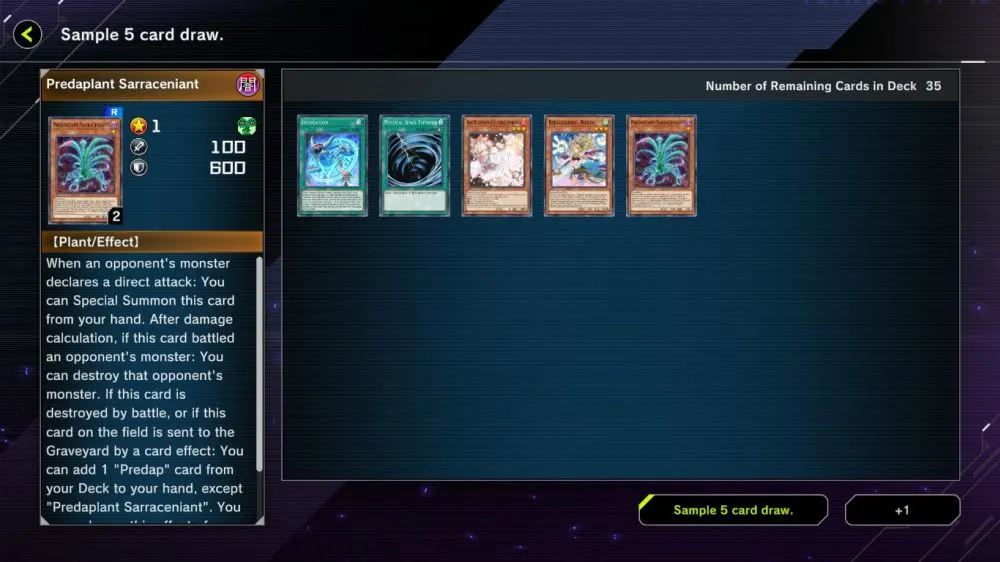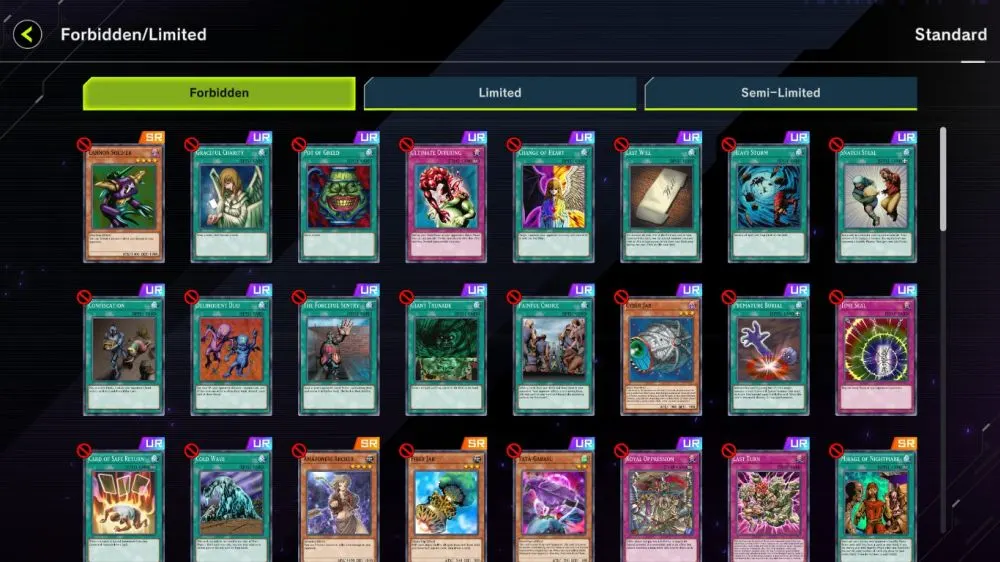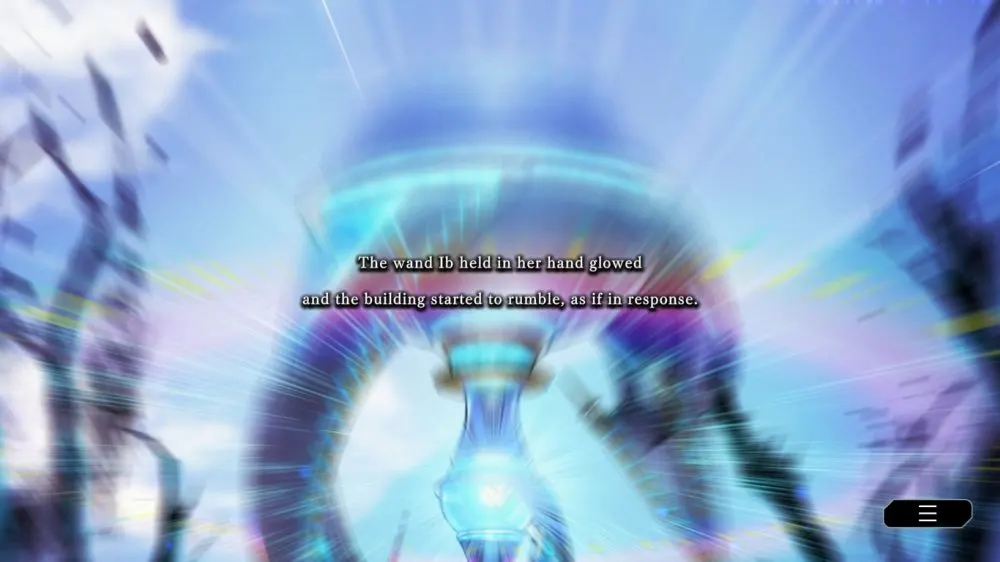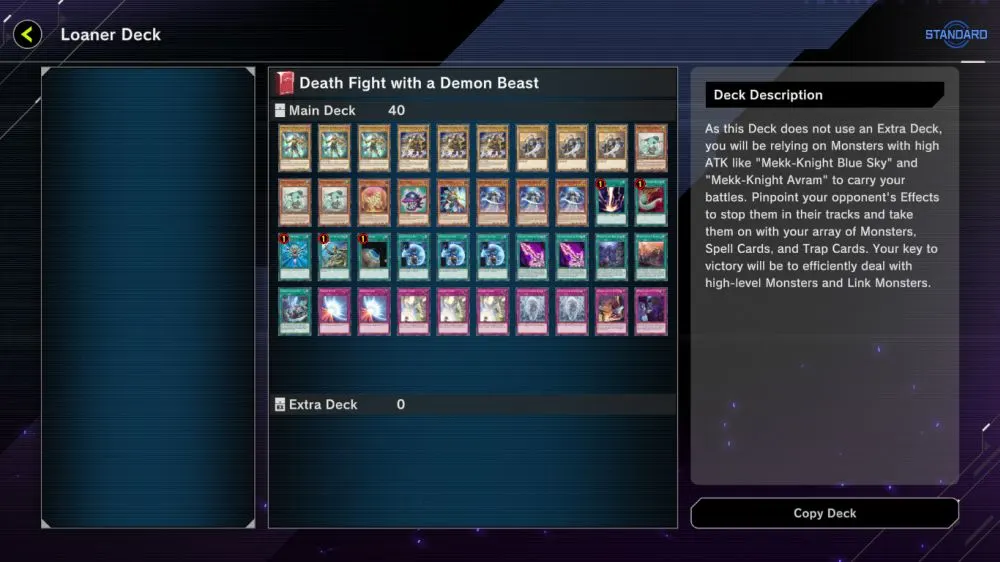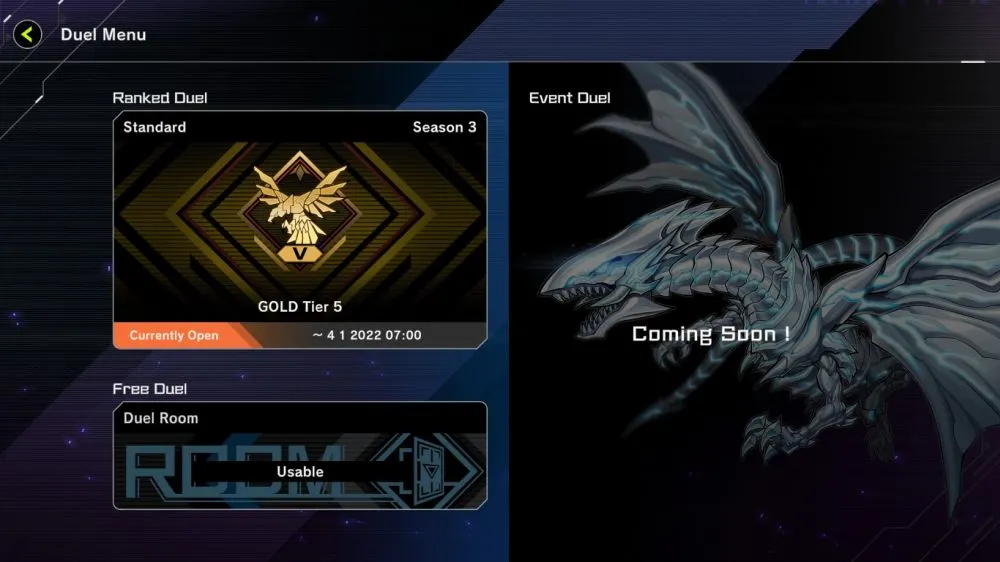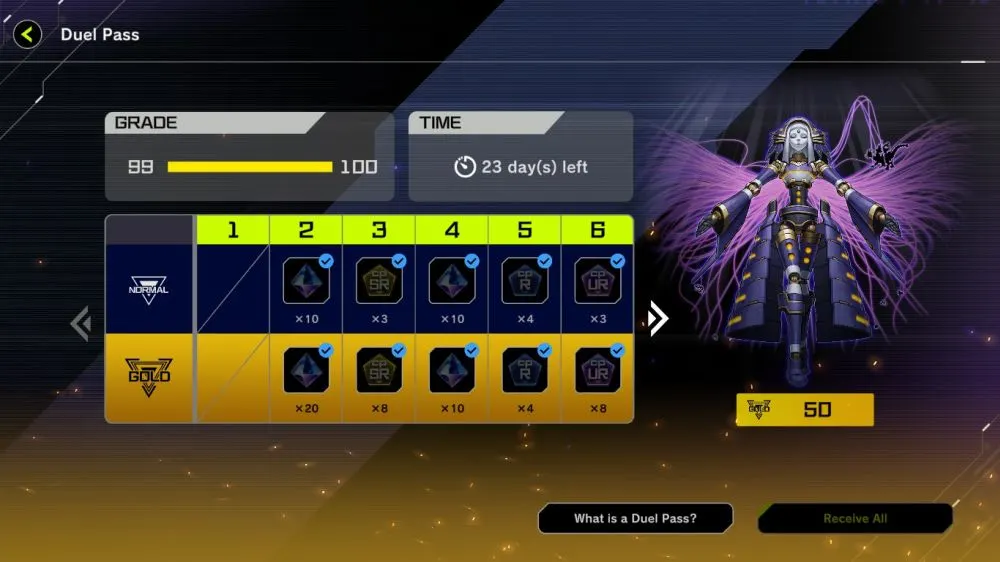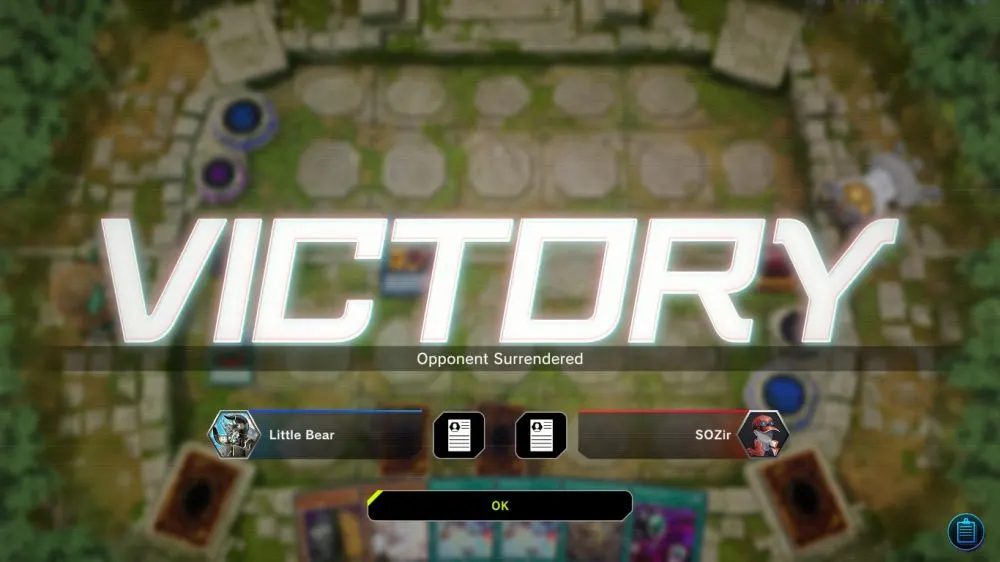Attention, duelists! Yu-Gi-Oh! Master Duel has finally dropped for both PC and mobile via the Google Play Store and the App Store! Now that that’s out of the way, Yu-Gi-Oh! Master Duel is the game that a lot of Yu-Gi-Oh players, including myself, were waiting for.
Yu-Gi-Oh! Master Duel allows players to play out duels just as they would with actual cards and the full 8000 life points, main phase 2 experience. It’s available on a wealth of platforms – Playstation 4 and 5, Nintendo Switch, Xbox Series X and S, Xbox One, Steam, and of course, iOS and Android.

With its sleek graphics, great visuals, and above all, fantastic soundtrack, Yu-Gi-Oh! Master Duel is sure to please and bring out your inner Duelist. However, the wealth of options that Yu-Gi-Oh! Master Duel offers can leave new duelists wondering exactly what to do.
This Yu-Gi-Oh! Master Duel beginner’s guide will start with Yu-Gi-Oh basics for totally new players. If you’re a Yugiboomer like me, feel free to skip ahead to the “Yu-Gi-Oh! Master Duel Basics” section. Or, if you want a rundown on newfangled stuff like Link Monsters, you can search for those too!
New To Yu-Gi-Oh: Mechanics
So! You want to learn how to play Yu-Gi-Oh. In that case, I’ll walk you through the basics of the game as comprehensively as I can.
Objective
As the memes might have shown you, the most common way of achieving victory in Yu-Gi-Oh is by dropping your opponent’s Life Points (LP) to 0. However, there are other ways of achieving victory.
- Your opponent must draw a card, whether due to it being their Draw Phase or via card effect, but has 0 cards in their Main Deck
- You’ve completed the alternate win condition on some cards, like Exodia the Forbidden One
- Your opponent surrenders
To this end, you’ll summon mighty monsters, cast a plethora of spells, and trick your opponent with devious traps. However, before we get started, you’ll need to know a bunch of stuff.
The Game Board
Here’s an image of a relatively clean game board. In Yu-Gi-Oh! Master Duel, each player sees their board as the one at the bottom.
These top 5 card zones represent your Main Monster Zones. It’s here that you place your monsters when you put them into play. You can play cards in any of the 5 zones you want, and if you want to play a card in a particular spot, you can tap and hold it or drag it if you’re on PC.
These bottom 5 zones are your Spell and Trap Zone. You can both play cards here and Set them face-down. Remember – when you play a Spell or Trap from your hand, you need to place it on the field first to declare you’re playing it. What this means is that if your Spell and Trap Zone is full, you can’t activate any Spells from your hand until you clear up space.
These two slots in the middle are the Extra Monster Zone. If you Summon a monster from your Extra Deck, you can either place it in a Main Monster Zone or in the Extra Monster Zone. An exception exists for Link Monsters, but I’ll discuss that in the Link Monster section.
The area encircled in blue is your Main Deck. You can have 40-60 cards in your Main Deck, no more and no less.
The area in red is your Extra Deck. Fusion, Synchro, Xyz, and Link Monsters in your deck need to be placed here before the Duel starts. You can place up to 15 of any combination of those cards in your Extra Deck.
The area above it in purple is the Field Spell Zone. Field Spells are special Spell cards that are played in this zone instead of the normal Spell and Trap Zone. Both you and your opponent can have a field present.
The last area, in green, is your Graveyard (GY) and banished cards. The larger circle below is the GY, where cards that are spent go – whether they’re defeated monsters, used-up spells, or activated traps. The banished card zone is where cards that are removed from play go.
Starting the Game and Turn Flow
Before a Duel commences, you and your opponent need to agree on the turn order. In Yu-Gi-Oh! Master Duel, this is done via a coin flip – the winner chooses whether to go first or second.
Once the game board is set, both players draw 5 cards from the top of their Deck, and the Duel begins.
Turns in Yu-Gi-Oh are broken into 6 parts.
The Draw Phase is the first part of any turn. The turn player draws a card – except if it’s the first player’s turn, in which case this phase is skipped.
The Standby Phase often resolves a lot of effects from cards already played.
Main Phase 1 is where the fun begins. During this time, the turn player can summon monsters, play Spells, set Traps, and basically do everything. Once they’re good and ready, they can either enter the Battle Phase or End Phase.
The Battle Phase is an optional phase after Main Phase 1. During this time, monsters on the turn player’s field can declare attacks on their opponent’s monsters, or attack them directly if they have no defenses. The player who goes first does not have a Battle Phase on that first turn. After the Battle Phase, the turn player can either go to Main Phase 2 or the End Phase after this.
Main Phase 2 is similar to Main Phase 1. Note that you don’t get an extra Normal Summon during Main Phase 2, if you already used your Normal Summon for the turn.
The End Phase signifies the end of your turn. During the End Phase, if the turn player has more than 7 cards in their hand, they need to discard cards until they reach the maximum hand size of 7. Once this is done, it will be your opponent’s turn, and they’ll start their own Draw Phase.
More About the Battle Phase
This phase is the most complex phase of all. For starters, you don’t need any monsters to enter the Battle Phase; in the same vein, you can opt to only attack with a few monsters. Secondly, this phase is made of multiple steps – Start, Battle, Damage, and End Steps.
On paper, it’s simple – each monster in Attack Position gets one attack, unless otherwise stated. They must attack an opponent’s monster, if they have one. If none, they can attack your opponent directly.
In practice, this means that an attack target must be declared – and players can activate effects in response to this attack declaration. Next is the Damage Step, which is when battle actually happens. During the Damage Step, the only effects that can be activated are those which directly influence the ATK/DEF of the combatants.
There’s also a possibility of a Replay happening here. If the turn player declares an attack and their opponent uses an effect to change the number of monsters they had on the field – no matter how briefly – the turn player can now select a new attack target.
New To Yu-Gi-Oh: Monsters
Normal Monsters
Monsters are the heart and soul of Yu-Gi-Oh, and virtually every deck runs them. Each of these monsters brings something different to the table, and with over 10,000 cards available in Yu-Gi-Oh! Master Duel, you’ll need to handpick your monsters very carefully.
In the above image, we’ve got a Normal Monster. You can see the monster’s name, Level (4; the number of stars), attribute (Earth), type (Warrior), ATK (1400), and DEF (1200). Normal Monster cards are yellow.
It’s important to note that only Normal Monsters are Normal Monsters – if, say for example, you have a Fusion Monster that has no effects, that doesn’t make it a Normal Monster.
Effect Monsters
In the same vein, here’s an Effect Monster. As you can see, its name is Armored Bee, it’s a Level 4 Wind/Insect monster, and it’s got an effect.
Monster effects can be divided 4 general types: ignition, quick, trigger, and continuous.
Ignition effects are monster effects that you activate during your turn. These are normally denoted by the phrase “Once per turn” or “During your Main Phase”. Our Armored Bee above has an ignition effect.
Quick effects are similar to ignition effects, but as their name suggests, they’re much faster. Yu-Gi-Oh! Master Duel cards that have quick effects are always denoted by adding “(Quick Effect)” to that effect. Because these effects are faster, they can be used in response to other effect going off – even on your opponent’s turn. The Invoked Raidjin we have above can switch a monster to face-down Defense Position in the thick of battle, making it a potential lifesaver.
Trigger effects automatically activate in response to something. These can be optional or mandatory, and are usually denoted by a phrase along the lines of “when or if x happens”. These are not as fast as quick effects. Flip Monsters are a subcategory of this type, as their effects activate when flipped face-up, regardless of if they were Flip Summoned or attacked.
Continuous effects remain in place while that monster is face-up on the field. These effects do not need to be declared.
Extra Deck Monsters
As mentioned earlier, the Extra Deck is where you stuff Fusion, Synchro, Xyz, and Link Monsters. Each of these have their own summoning methods, which I’ll deal with later.
Tokens
The ubiquity of Tokens in Yu-Gi-Oh! Master Duel’s current meta means you’re going to run into them sooner or later. Tokens are always considered to be Normal Monsters, but follow their own set of rules:
- A Token must always be face-up. This means that Tokens are not legal targets for cards that would switch them to face-down Defense Position. This also means that if an effect would change all Monsters on the field to be face-down, Tokens aren’t affected. Finally, Tokens cannot be banished face-down.
- Tokens can never exist outside of the field: they don’t go to either the Graveyard or the Banished cards zone. They just disappear.
- The Owner of a Token is the Owner of the card that created the Token in the first place. This doesn’t come into play very often.
- Tokens cannot be used for Xyz Summons, as they cannot exist in Limbo. Tokens can, however, still be used for Tribute Summons, as well as Fusion, Ritual, Synchro, or Link Summons (unless stated otherwise).
ATK, DEF, and Combat
ATK and DEF represent the offensive and defensive values of a monster, and are important when deciding the outcome of battle. If a monster is in Attack Position, it uses its ATK value; if it’s in Defense Position, it uses its DEF.
Only monsters in Attack Position can attack, and the results of combat will differ depending on what they hit.
- Both monsters are in Attack Position: the one with lower ATK is destroyed, and its controller takes LP damage equal to the difference in their ATK.
- Attacking a monster in Defense Position: if the attacker’s ATK is higher than the defender’s DEF, the defender is destroyed. The controller takes no damage. If the DEF is higher, the controller of the attacking monster takes LP damage equal to the difference.
- Attacking when there are no monsters on the opposing player’s field: this is a Direct Attack – your opponent loses LP equal to the ATK of the monster that hits them.
New To Yu-Gi-Oh: Summoning
Having monsters is well and good, but you’ll need to Summon them to actually do anything.
Summoning 101: Normal Summons – Level 1-4 and Setting
Now, getting these cards on the field is simple. As long as a monster is Level 4 or below, you can place it from your hand to your field in either face-up Attack Position or Set it in face-down Defense Position. You can do this once per turn.
There are some restrictions to this, like if a monster has an effect that says it cannot be Normal Summoned or Set, or can only be summoned via special conditions.
Setting a monster is placing it in face-down Defense Position. Your Normal Summons cannot put a monster in face-up Defense Position, or face-down Attack Position. These monster card states do not exist in Yu-Gi-oh.
Summoning 102: Normal Summon – Tribute Summons
You’ll notice that Level 4 monsters are well and good, but their ATK and DEF values leave something to be desired. That’s where Tribute Summoning comes in.
A monster that’s Level 5 or higher requires you to Tribute monsters on your side of the field to either Summon them in Attack Position or Set them in Defense Position. This is known as Tribute Summoning. Monsters that are Level 5 and 6 require you to Tribute 1 monster, while anything above 7 requires 2 Tributes.
[image: caius, caption: For one Tribute, you get a 2400/1000 monster that also Banishes a card on the field. A good deal!]
A Tribute Summon is a Normal Summon. Remember that you only get 1 Normal Summon or Set per turn. Think carefully before committing to a Tribute Summon, as you’ll be sacrificing board presence.
Summoning 103: Special Summons
A Special Summon is a blanket term used to describe any summon that isn’t your Normal Summon or Set. This means that Special Summons don’t eat up your 1 Normal Summon per turn.
Special Summons are almost always caused by card effects. There’s no limit to the amount of Special Summons you can pull off in one turn, and if you want to, you can even do it during your opponent’s turn!
Unlike Normal Summons, you can place a Special Summoned monster in either face-up Attack Position or face-up Defense Position – unless otherwise stated by a card effect.
A good deck sets up several ways to Special Summon while disrupting and reacting to its opponent’s summons. Some monsters can Special Summon themselves or other monsters from your Deck, Hand, or Graveyard (GY). Other monsters can even take cards from your opponent’s cards as Special Summons!
Summoning 104: Flip Summons
Flip Summons are what happens when you flip a face-down Defense Position monster to face-up Attack Position. That’s basically it.
Summoning 105: Ritual Summons
Ritual Monsters are monsters with blue backgrounds that must be summoned via the effect of a ritual, usually a Ritual Spell Card. Ritual Summoning is somewhat similar to Tribute Summoning in that you need to Tribute monsters from your hand or field, but this time, the sum of the sacrificed monsters must be equal to or greater than the level of the Ritual Monster you’re trying to summon.
While this can be quite convoluted, modern Ritual decks have found ways to streamline their rites, and indeed, there’s quite a bit of support for this summoning method.
Extra Summoning Lesson: Pendulum Monsters and Pendulum Summons
A Pendulum Summon is a powerful move that lets you summon a whole bunch of monsters in one turn (and it’s part of the rules). The key to performing these summons are Pendulum Monsters. These unique monsters have the property of also being able to be played face-up in the Spell/Trap Zone to set the Pendulum Scale.
You’ll notice that Pendulum Monsters usually have 2 sets of effects – one in the small box closest to the card art, and another where monsters normally have their effect or flavor text. The effects in the small box are the effects if the monster in question is being used as a Spell Card, while the rest of the effects only apply if it’s a monster.
There are also two arrows to the left and right of the Pendulum Monster’s spell effect. These arrows, along with the number below them represent that monster’s Pendulum Scale.
To Pendulum Summon, you will first need to play two Pendulum Monsters as Spell Cards. Then, you can declare a Pendulum Summon (tap either of the monsters in Yu-Gi-Oh! Master Duel to do this), at which point you can summon as many monsters from your hand or face-up Pendulum Monsters in your Extra deck as long as their Level is between the Pendulum Scales. This means that if I have a scale of 1 – 8, I can Special Summon monsters from my hand as long as they’re between Levels 2 – 7.
You might notice that I mentioned you can summon Pendulum Monsters from the Extra Deck. While they go into your Main Deck at the beginning of a Duel, Pendulum Monsters that would be sent to the GY are instead placed on your Extra Deck, face-up.
Extra Deck Summoning
Here’s where it gets crazy. Yu-Gi-Oh has a ton of monsters, and these days, a lot of power comes from the Extra Deck. Each of the monsters that go into your Extra Deck can be summoned in their own special way.
Fusion Monsters
Fusion Monsters are purple. They’re normally summoned by card effects such as the popular Polymerization, but modern archetypes usually contain their own Fusion method, such as Invocation, El Shaddoll Fusion, or Gem-Knight Fusion. There’s also a subtype of Fusion monsters that use the Tag Fusion method – instead of using a card to Fusion Summon, they can be Special Summoned directly from the Extra Deck if you have the appropriate face-up materials. Examples of this kind of fusion are the Gladiator Beasts and the Elemental Hero NEOS fusions.
Synchro Monsters
Synchro Monsters are denoted by their white card backs. These ace cards are called forth via Synchro Summoning.
Synchro Summoning is easy – you just add up the Levels of face-up monsters on your field, and if their Levels total up to a Synchro Monster in your extra deck, you can send those monsters to the GY, then Special Summon the Synchro Monster! There’s a catch though: one of the monsters needs to be a Tuner, a special classification of monster.
So, for example, if I have the Level 3 Junk Synchron on my field, which is a tuner, and the Level 2 Speed Warrior, I can send both of those cards to the GY and Synchro Summon the Level 5 Junk Warrior from my Extra Deck!
Some additional tips for Synchro Summons – you can use Tokens as material for Synchro Summoning. And in Yu-Gi-Oh! Master Duel, Tuners on the field will have a green antenna icon near them. Watch out if your opponent brings out a Tuner – they’re planning a big play!
Xyz Monsters
Xyz Monsters (pronounced “ikseez”)have a black background that has star-like accents. These monsters are even easier to summon than Synchro Monsters since they don’t even need a Tuner.
To Xyz Summon a monster, you just need a certain amount of monsters with the same Level. For example, Number 39: Utopia’s listed Xyz Materials are 2 Level 4 monsters. If you meet those conditions, you place the materials on top of each other, then Special Summon the Xyz Monster on top of them.
Monsters used for an Xyz Summon become Xyz Materials, which remain attached to their respective Xyz Monster. Xyz Material is often used by Xyz Monsters for their powerful effects, meaning you can only trigger these effects a couple of times. Note that being able to have Xyz Material is an intrinsic effect of Xyz Monsters – meaning that if their effects are negated, they lose all their materials.
Xyz Monsters have some peculiarities. For one, Xyz Monsters have a Rank, not a Level. That means they are not legal targets for effects that specify a Level, and are unaffected by them. For example, Gravity Bind prevents all monsters of Level 4 or higher from attacking, but since Xyz Monsters have no Level, they’re not affected by this.
Another peculiarity is that Xyz Summons cannot use Tokens. This is because Tokens can only be in the Main Monster Zone, not anywhere else. Xyz Materials are considered to be in limbo, an unofficial term. This also prevents monster effects that activate “if this card is sent from the field to the GY”, because limbo is not part of the field.
Link Monsters
Link Monsters are the latest Extra Deck monster to debut, and I remember the outcry when the rules surrounding them were first announced. Thankfully, Konami has realized that move made the game very unfun for anyone not using Link Monsters, at that ruling was changed.
Link Monsters have a futuristic, hexagonal blue background. They also 8 distinct arrows, Link Arrows, radiating from the card art’s frame.
To Link Summon a Link Monster, you just need to send the face-up Link Materials from your side of the field to the GY. That’s really it. However, Link Monsters have a Link Rating. The number of materials a Link Monster needs is usually equal to its Link Rating, and a Link Monster has as many Link Arrows as its rating.
There is a way to skirt that, though – if you’re summoning a Link Monster, you can also use a Link Monster you control and have it count for as many materials as its Link Rating. That means that the Link Rating 3 Decode Talker can be used either as just 1 Link Material, or as 3. Note that if a Link Monster calls for say, 2+ Effect Monsters, and has a Link Rating of 5, you can’t just use 1 Link Rating 5 monster as a sacrifice – you need to fulfill both the monster’s summon conditions and its Link Rating.
Link Monsters can additionally only be Link Summoned to the Extra Monster Zone in the middle of the board. This is where Link Arrows come in. Any Main Monster Zone that is currently being pointed to by a red arrow can also be used to house a Link Monster. This means that you have to be careful with your own monsters’ Link Arrows, as they may enable your opponent’s powerful plays. Note that this restriction only applies to Link Monsters that are being Link Summoned from the Extra Deck. On top of this, Link Monsters that have Link Arrows that point to one another are considered Co-Linked, which is needed for some effects.
One final note about Link Monsters – they do not possess a Level or Rank, not a DEF score. That means that they’re not only illegal targets for effects that specify Level or Rank, but also can never be in Defense Position, nor be flipped into face-down Defense Position. Be wary of this as some Link Monsters have powerful effects but low ATK!
New To Yu-Gi-Oh: Spells and Traps
The world of Yu-Gi-Oh’s monsters is vast and varied, but so are its Spells and Traps. However, don’t worry – this section is a lot easier to understand.
Spell Cards
Spell Cards have green backgrounds, and can be used for a myriad of powerful effects, such as destroying an enemy’s monsters, letting you draw or retrieve certain cards from your deck, and so much more. As mentioned earlier, you must have a free space in your Spell/Trap Zone to play a Spell Card from your hand.
There are six kinds of Spell Cards. Each of them has a distinct symbol that denotes what kind of spell they are. Whenever a spell is used up, it’s sent to the GY – unless they’re one of the kinds of spells that stay on the field.
Normal Spells are fire-and-forget weapons.
Quick-Play Spells are denoted by a lightning bolt icon. Quick-Play spells can be played on your turn, or if they have been Set on the field, on your opponent’s turn as well. Unlike all other Spell Card types, you cannot activate a Quick-Play Spell on the same turn you Set it.
Continuous Spells have an infinity symbol, and remain on the field unless moved by another effect. Their effects apply as long as they are on the field.
Equip Spells have a crosshair symbol, and remain on the field when activated. Equip Spells must target a monster, and as long as the Equip Spell remains on the field, that monster reaps its benefits (or suffers its penalties)
Ritual Spells have a flaming chalice symbol. These are used to Ritual Summon monsters.
Field Spells have a compass rose symbol. These are placed into the Field Spell Zone.
Traps
Trap Cards are pinkish-purple, and have been a running gag both within and outside the community. These cards are called as such because they are usually used in response to an opponent’s actions and normally contain disruptive properties.
The key difference with Trap Cards is that they must first be Set on your field before they can be activated. In that sense, they’re similar to Quick-Play Spells except they can’t be activated directly from your hand.
Just like Spell Cards, Trap Cards come in multiple types.
Normal Traps have no symbol.
Continuous Traps have an infinity symbol, and remain on the field until moved or destroyed by another effect. Their effects persist as long as they’re face-up.
Counter Traps have a curved arrow symbol. These are the most powerful traps of all, as they activate much faster than anything else.
New To Yu-Gi-Oh: Chains
Chains
With all the effects firing left and right, you might get confused as to how exactly you resolve anything in Yu-Gi-Oh. This is where the Chain system comes in.
Any time an effect is activated, whether that’s because a monster’s effect was manually triggered or automatically activated via an opponent’s action, or if someone plays a spell, a Chain starts. A Chain is essentially a stack of cards played on top of each other, and they then resolve in ascending order until the very first card resolves. This means that the first effect is Chain Link 1; if someone responds, that becomes Chain Link 2, and so on.
Note that if you’re using a card that specifies an exact trigger, that card must be the next card on the Chain. For example, you have a Trap Card that gives you 1000 LP, and a card that stops me from drawing a card. If I use an effect to draw a card, you can’t first activate the 1000 LP card, then negate my draw – you have to negate my draw first as Chain Link 2, after which you can choose to continue the Chain with your 1000 LP card.
Sounds complex? It is. But it’s one of the things you’ll learn with experience.
Spell Speed
Core to Yu-Gi-Oh gameplay is knowing what cards or effects you can activate in response to another effect. This is best understood via the Spell Speed system.
Spell Speed 1 is the slowest speed. These effects cannot be chained, unless they’re all mandatory effects. The following are Spell Speed 1:
- Any monster effect that isn’t labeled as a Quick Effect – even a continuous effect
- Any non-Quick-Play Spell Card, whether their effects are activated while face-up on the field or are first played from the hand.
Spell Speed 2 is the middle ground. These effects can be activated in response to anything in Spell Speed 1 or Spell Speed 2. The following effects are counted as Spell Speed 2:
- Monster effects labeled as Quick Effects
- Quick-Play Spell Cards
- Normal Trap Cards
- Continuous Trap Cards
Spell Speed 3 is the fastest Spell Speed. They can be played against any slower Spell Speed, and can only be chained to by other Spell Speed 3 effects. Spell Speed 3 is the exclusive domain of Counter Trap Cards, which makes them so potent.
There’s also an unofficial Spell Speed 4. This is a term used by players to describe cards that have the effect where cards cannot be activated in response to them, such as Super Polymerization or Accesscode Talker. Do note that this doesn’t mean they’re faster than Spell Speed 3, it just means that they will activate and resolve their effects no matter what.
One last thing about Spell Speed is that simultaneous effects go on chain, even if they normally couldn’t be used in response to each other. If I have 2 monsters that have an effect that triggers if I draw a card, they’ll automatically Chain to each other. This doesn’t normally matter except in very advanced play or in really crazy decks that maximize Chains.
Missing the Timing
One last thing new duelists need to be made aware of is the annoying phrase “missing the timing”. This happens with cards that have optional effects that say “When X happens, you can”. To match the timing, that specific “When” trigger must have been the very last thing to happen on the board, as well as the only effect.
For example, Botanical Girl’s optional effect only activates if the very last thing that happened is that she was sent to the GY. If you send her to the GY because you Tribute Summoned a monster, then that’s not “when she’s sent to the GY”, it’s “when this card is Tributed and sent to the GY”. It’s a little confusing – no, very confusing – and even I struggle with this sometimes, but it’s something you pick up as you go along.
New To Yu-Gi-Oh: Other Stuff
Not everything can be covered under the above blanket sections, so here’s a list of other things you need to be aware of.
Targeting
Targeting sounds simple, and in practice it is. A card targets if it explicitly says that it targets. For example, if an effect says “target one Monster on the field; destroy it”, then it targets. If, however, it just says something like “destroy one Monster on the field”, then that effect doesn’t target. Targeting distinction is very important as a lot of boss Monsters have built-in protection against being targeted.
For example, Sky Striker Maneuver – Jamming Waves! has an effect to target 1 Set Spell or Trap card on the field, then has an additional condition to destroy one Monster on the field. Note the lack of the word “target” on the Monster destruction effect: this means that it doesn’t target, and can therefore select and destroy Monsters that cannot be targeted.
Costs
Some cards have Costs attached to them. These are requirements that must be paid in order to either activate a card or maintain it on the field. Costs are usually, but not always, denoted by the use of a semicolon in a card’s effect text, where the Cost is the text before the semicolon, and the effect is what follows.
Note that Costs are not effects. A lot of new players fall for the “use a card as a cost then try to activate its effect” trap. A good example of this is the Shaddoll archetype, since a lot of its members have an effect that activates if they are discarded by an effect.
Shadoll Dragon has an effect where it can target and destroy a Spell or Trap if it’s discarded by an effect. If, for example, I discard Shaddoll Dragon for the effect of Twin Twisters (“Discard one card, then target up to 2 Spells / Traps on the field; destroy them”), Shaddoll Dragon’s effect won’t activate because it was discarded as a cost.
On the other hand, If I discard Shadoll Dragon via Branded Opening, Shadoll Dragon’s effect will activate as discarding a card is part of Branded Opening’s effect. Note the distinct lack of a semicolon in Branded Opening’s card text – this means that there’s no cost attached to using this card.
Hard Once Per Turn (HOPT)
Many, many cards in Yu-Gi-Oh have this tacked on to them: “You can only use the effect of (Card Name) once per turn”. What this translates to is that even if you have multiple copies of that card, you can’t activate their effects once per card, known as a Hard Once Per Turn effect, or HOPT.
Knowing what effects are HOPT is key to both building your deck and winning Duels. Most decks, for example, can be completely shut down if you negate their first play, which is a HOPT. Other decks, such as those running a Danger! engine, do not have a HOPT on their Danger! cards, so it’s useless to negate their effects via, say, Ash Blossom.
While we’re on the topic, some cards have another restriction on top of their HOPT, where you can only use ONE of their effects per turn, and only once per turn.
Card Effects Versus Game Rules
Some cards in Yu-Gi-Oh change the game’s rules.
One example is Quiet Life, which imposes an effect where players must choose between either Normal Summoning or Special Summoning. This breaks the game’s rules where there’s no limit on Special Summoning, but in cases like this, card effects always take priority over the game’s rules. While Quiet Life is a mild example, there are other, more radical cards out there.
Public Knowledge
Some things in Yu-Gi-Oh! are classified as Public Knowledge, meaning you can check and verify them at any time. In Master Duel, this is done by tapping or holding on the appropriate area.
The following items are Public Knowledge, and are always accessible:
- Both Duelists’ Life Points.
- The number of cards in both Duelists’ hands, Decks (Main, Side, and Extra Decks), GY, and Banished.
- Any face-up card on the field, GY, or Banished zone.
- The number of counters on a card.
- Notes on effect resolution and duration (such as how many turns Swords of Revealing Light has been on the field)
Sample Duel
To illustrate everything (well, almost everything) above, I’ll post screenshots of an AI duel I did, and I’ll add commentary at the beginning to help you reenact what’s going on in the board. If you want to imagine this as an anime duel, go ahead, no one will judge you.
Turn One
I’m going first, so I don’t get to draw a card. I activate the Field Spell Sky Striker Airspace – Area Zero from my hand and Normal Summon Sky Striker Ace – Raye from my hand.
I then use the effect of Area Zero, which makes me target a card before revealing the top 3 cards of my deck. If any of those are “Sky Striker” cards, I can add one to my hand, but the card I targeted first needs to be sent to the GY.
Because Raye has a Quick Effect, I Chain her effect to Area Zero. I Special Summon Sky Striker Ace – Shizuku from my Extra Deck via Raye’s effect. And since Area Zero’s card effect says to first reveal and then optionally add a card before I send the targeted card to the GY, its effect still activates.
I add Sky Striker Mobilize – Engage! to my hand via Area Zero’s effect, then I activate the Engage card to add Sky Striker Mecha – Widow Anchor to my hand. I then use Reinforcement of the Army to add Sky Striker Ace – Roze to my hand. I end my turn and add Sky Striker Mecha – Eagle Booster to my hand via Shizuku’s effect.
Turn Two
It’s my opponent’s turn, and they draw a card. They Normal Summon Geargiauger. Geargiauger’s effect to add a card from the deck to the hand activates when it’s summoned, so I Chain Ash Blossom & Joyous Spring’s effect to Geargiauger to negate it.
My opponent has no cards to play, and my Shizuku’s ATK is far higher than Geargiauger, so they set a card face-down in their Spell/Trap Zone and end their turn.
Turn Three
It’s my turn, so I draw. It’s another copy of Raye. I Link Summon Sky Striker – Kagari using Shizuku as material. Kagari’s effect lets me add one Sky Striker Spell Card in my GY to my hand, so I add Engage to my hand again.
Since I’ve decided I don’t need Eagle Booster anymore, I activate Twin Twisters by discarding Eagle Booster to destroy my opponent’s face-down card. I then activate the recycled Engage and add Sky Striker Mecha Modules – Multirole to my hand. Because I had 3 Spell Cards in my GY at this time, Engage also lets me draw a card, and it’s Maxx “C”.
I Normal Summon Raye. Because a Sky Striker was Summoned to my field, I also Special Summon Roze from my hand. I destroy my opponent’s Geargiauger via battle, and attack them directly. I end my turn.
Turn 4
My opponent draws a card and Normal Summons Geargiarmor, then activates its effect to flip it into face-down Defense Position. They set 2 cards face-down in the Spell/Trap Zone and end their turn.
Turn 5
It’s my turn again. I draw a card, which is Sky Striker Maneuver – Scissors Cross. There’s nothing left for me to do, but I’m a little wary of the low ATK of my Raye and Roze. Therefore, I use them to Xyz Summon Number 39: Utopia, then Number S39: Utopia the Lightning.
I destroy my opponent’s face-down Geargiarmor, then attack them directly. They’re on the ropes now.
Turn 6
My opponent draws. They activate one of their face-down cards; it’s Call of the Haunted, which lets them Special Summon a monster from their GY. I Chain my Maxx “C” to that trap card, so I can draw cards every time they Special Summon in this turn. They gain a face-up Attack Position monster, and I draw a card via Maxx “C”.
They then Normal Summon another monster from their hand, and then Xyz Summon Gear Gigant X. Because of Maxx “C”, I get to draw another card. Gear Gigant X then uses its effect to add a Machine monster from my opponent’s deck to their hand. They then attack my Kagari with Gear Gigant X, destroying her.
Because I lost a Sky Striker Ace Link Monster, Raye’s effect in the GY activates, and I Special Summon her in Attack Position. My opponent ends their turn.
Final Turn
There’s not much left to do. I attack Gear Gigant X with Utopia the Lightning, activating Utopia’s effect to make its ATK 5000.
And that’s it. Hopefully by now, you’ve got an idea of how duels go, so you can understand what’s happening and enjoy the game!
Yu-Gi-Oh! Master Duel Basics
Don’t get me wrong: Duel Links was fun, but 20 card decks were annoying and I didn’t enjoy fighting the same 3 decks over and over again in high Ranks. As an old hand in Yu-Gi-Oh, you’ve no doubt got fond memories of your past duels, and your favorite decks.
But now, here’s a question – with so many cards before you, where do you start?
Structure Decks
If you’re feeling lost or don’t know what kind of deck you’d like to build yet, why not try one of Yu-Gi-Oh! Master Duel’s Structure Decks?
Each of the 3 structure decks, as of writing, are good deals. To help you pick one and guide you through the basic deck strategy, here’s each of them.
Re-Contact Universe
The Re-Contact Universe Structure Deck revolves around summoning Number 39: Utopia and its different variations. Use Level 4 cards that Special Summon themselves, like ZS – Ascended Sage or ZS – Armed Sage. Cards that can summon other Level 4 cards are great too, like Dodododwarf Gogogoglove summoning Zubababancho Gagagacoat from your hand.
Once you’ve Xyz Summoned Utopia, you can arm it with the various ZW cards in this deck. But an even better idea is to use Rank-Up-Magic Zexal Force to upgrade your Utopia to Ultimate Leo Utopia Ray so that it can grab powerful cards like ZW – Tornado Bringer and ZW – Pegasus Twin Saber which not only give a hefty ATK boost, but also protect your cards.
Ultimate Leo Utopia Ray serves as this deck’s endgame plan and boss monster, so summoning it should always be your priority. If you can find a way to equip ZW – Leo Arms or ZW – Dragonic Halberd to Ultimate Leo Utopia Ray, you’ll be able to close the game very quickly.
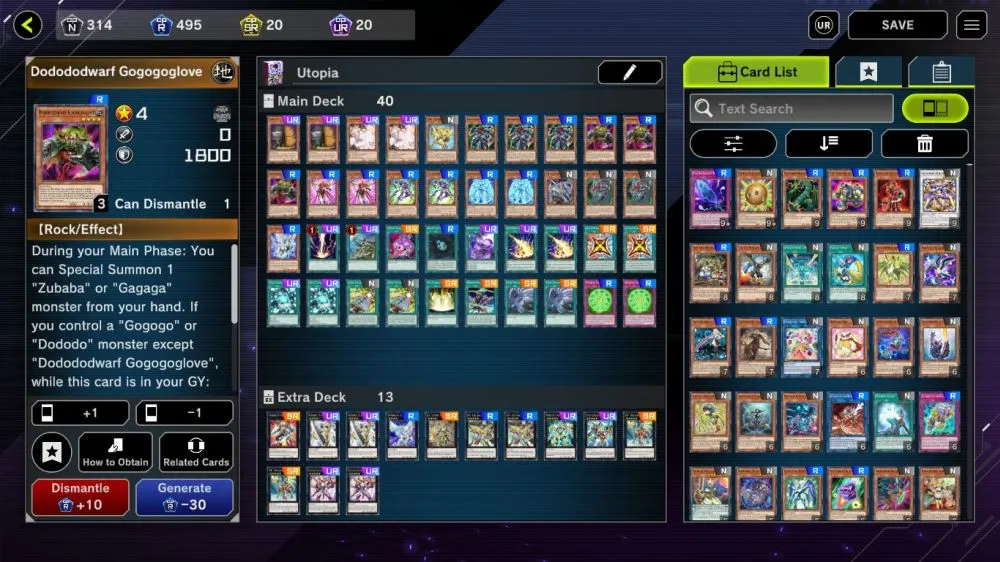
Some cards you might want to add to this deck are more copies of Dodododwarf Gogogoglove, Zubababancho Gagagacoat, Rank-Up-Magic Zexal Force, and the ZS Sages. Other good ideas for this deck are Astraltopia, Utopic Onomatopoiea, Onomatopaira, ZS – Utopic Sage, and Number S39: Utopia the Lightning. The Utopia playstyle is pretty flexible, so once you’re comfortable with the basics, you can have a look at other Utopia-related cards.
Rage of Cipher
The Rage of Cipher structure deck focuses on one thing, and that’s bringing out its ace monster, the Rank 8 Galaxy-Eyes Cipher Dragon and its evolutions.
While summoning it may seem daunting, this is easily remedied by Cipher Wing, which has a very easy Special Summon condition and can Tribute itself to give 4 Levels to all other Cipher monsters you control. Cipher Biplane is another easy-to-summon card, and it’s Level 8 off the bat. Cipher Mirror Knight is also a great card – not only does it take back a destroyed monster, but it also lets you add more Cipher cards to your hand.
Once you’ve quickly set up your Level 8 monsters, it’s time for your ace monster to shine. Galaxy-Eyes Cipher Dragon is not only a brutal beatstick with 3000 ATK, but it can also steal monsters your opponent controls, which you can then use to Xyz summon more Galaxy-Eyes monsters! Since this effect also changes the stolen monster’s name, you can use it to summon the even stronger Galaxy-Eyes Cipher Blade Dragon, Galaxy-Eyes Cipher X Dragon, or Neo Galaxy-Eyes Cipher Dragon. The trick here is not to go overboard – I’ve had many duels where my opponent recklessly piled on so many Xyz summons in one go that they had no board presence afterwards.
Cipher Soldier, Schwarzschild Limit Dragon, and Storm Cipher don’t add much to the deck, and can safely be taken out. On the other hand, Cipher Etranger and especially Cipher Twin Raptor are great cards to create and add copies of. Photon Veil is also a powerful combo starter that lets you add 3 Cipher Wings to your hand, which can Special Summon themselves. And since the deck already has Galaxy monsters, you may want to have a look at the rest of the Galaxy archetype.
Magician of Pendulum
The Magician of Pendulum structure deck utilizes Pendulum Summons to quickly bring out a variety of ace monsters – Odd-Eyes Fusion Monsters, Paladin Synchro Monsters, and its cover card, Timestar Magician.
To this end, this deck incorporate the Performapal archetype to quickly bring out and maintain its Pendulum Scales. Odd-Eyes Pendulum Dragon is a respectable monster itself, but it can also be used to add another Pendulum monster to your hand while setting itself up to be Pendulum Summoned next turn. Other searcher cards included here are Oafdragon Magician and Wisdom-Eye Magician. Other cards, like Dharma-Eye Magician provide protection and flexibility with your Pendulum Scales.
I admit, Pendulum Monsters are not my forte, so I can’t say too much about this deck. I would definitely add more copies of Odd-Eyes Pendulum Dragon, as it’s a powerful searcher and is key to bringing out some of the deck’s bigger monsters. The other searchers are also good cards to run several copies of – the faster you can get your deck’s engine to start, the better.
Solo Mode Structure Decks
As you play through Yu-Gi-Oh! Master Duel’s solo mode, you’ll gain Structure Decks that are aligned with the theme of the gate you’ve cleared. They’re not fantastic, but they will provide core cards that you can use to start a deck revolving around that theme.
Building Your Own Deck
If none of the above decks tickle your fancy, why not try making your own deck from scratch?
To start off, find a deck or archetype you’d like to play. At this point , you can also get ideas from or copy (netdecker!) public decks by tapping the Copy From Public Deck button. You can also see what cards you’ve gotten from those nice new booster packs you’ve opened, and maybe work with what you have.
Secret Packs
Each time you get a card – whether that’s from the main booster packs or creation – of a specific archetype, you’ll unlock the corresponding Secret Pack. Secret Packs are great for building up your collection of a certain archetype since, while they pull from the pool of most cards, 4 cards are guaranteed to be from the featured archetypes.
Card Crafting
Part of what makes Yu-Gi-Oh! Master Duel so great is the card crafting system.
To craft cards, you’ll need.
While you might think that Ultra Rare cards need more points, they don’t. Crafting a card of a specific rarity always requires 30 crafting points of that rarity. In addition, there’s a low chance to gain a glossy or a royal finish when you craft a card.
Crafting Points
To get crafting points, you’ll need to smash cards of that card’s rarity. That means dismantling rare cards gives you rare crafting points, and so on. Regular cards give 10 points when smashed, glossy ones give 15, and royal finishes give 30 points. To dismantle a card, tap on it in your Deck screen, then tap Dismantle on the lower left. You can also mass dismantle all extras by tapping on the upper right button – this’ll smash every 4th and higher copy of a card that you already own.
However, you can’t dismantle all cards. In particular, cards from Structure Decks, cards given via in-game mail, cards from quests, and in general, all cards from Legacy Packs cannot be dismantled. Instead, you’ll have to recycle the cards you don’t need from the packs you buy. Be doubly sure you don’t want to build a deck around any Super or Ultra Rares you find before you smash them.
If you know what deck you want to build, and you have gems to spare, it’s an excellent idea to first craft a Super or Ultra Rare card from that archetype before committing to crafting. This is because crafting one of those cards gives you 24-hour access to the booster pack where that card’s archetypes come from (usually). If you’re lucky, this will spare you from spending crafting points by directly giving you the cards you need.
Searching for Cards
Yu-Gi-Oh! Master Duel has a filter to help you when looking for cards to create. The best one, by far, is the text search filter.
You can also apply your own filters by tapping on the buttons below – which gives you options to only show cards by type, attribute, Level, and so much more. On top of this, you can easily find cards that belong to the same archetype by tapping the Related Cards button on the left panel.
Must-Have Cards
Of course all card games have a meta, and of course there are cards that are just so ridiculous that virtually every player runs them in their deck. Here’s a list of some of the current meta cards in Yu-Gi-Oh! Master Duel.
Maxx “C”
TCG players may be surprised, and perhaps horrified, to see that Maxx “C” isn’t just legal, but unlimited. Just look at its effect – every time your opponent successfully Special Summons, you draw a card. In Yu-Gi-Oh! Master Duel’s combo-heavy matches, a single Maxx “C” forces your opponent to either stop their combo dead in its tracks, or continue it at a heavy cost to themselves.
However, some decks simply cannot function without at least some of their combos set up. If your opponent uses Maxx “C” against you, it’s important to minimize your current turn’s Special Summons and know the bare minimum you have to do to establish board presence.
For the best results, chain your Maxx “C” to the first time your opponent uses an effect to Special Summon – that way you’ll draw at least one card and your opponent can’t stop it. Timing is important to Maxx “C”; play it too early and your opponent might just choose to forgo all their Special Summoning.
Maxx “C” is one of the very first cards you should craft, and I’d recommend running at least 2 copies in your deck.
Ash Blossom & Joyous Spring
Ash Blossom & Joyous Spring is another handtrap that most decks will run roughly multiple copies of. This little yokai has an incredible disruption effect that can stop your opponent dead in their tracks – it negates any effect that:
- Adds a card from the Deck to the hand (Yes, drawing counts)
- Special Summons a monster from the Deck
- Sends a card from the Deck to the GY
Since most decks rely on these tactics, Ash Blossom & Joyous Spring is an effective way to put an end to your opponent’s moves. On top of that, you can use Ash Blossom & Joyous Spring as a Level 3 tuner, in a pinch. And perhaps best of all, Ash Blossom & Joyous Spring counters Maxx “C”.
As a new player, you should definitely avail of the Ash Blossom & Joyous Spring promo in the store – not only do you get more card packs for a discounted price, but you also get one copy of this powerful card.
Effect Veiler
Effect Veiler remains a powerful handtrap in modern Yugioh. By discarding itself, you can negate the effects of an opponent’s monster for a single turn. By virtue of being a handtrap, it’s harder to react to Effect Veiler than say, Forbidden Chalice or other effect blockers.
She can also serve as a Level 1 Tuner if you really need her to.
Solemn Judgment
[image: sj]Solemn Judgment can be summed up in one word: “no”. For half your LP, you can negate and destroy any single thing your opponent does. A well-timed Solemn Judgment can win a Duel by itself. Solemn Judgment can also be bought in a bundle of 10 packs at a discounted price, just like Ash Blossom & Joyous Spring.
If the LP cost seems to high, you can look at other cards in the Solemn series, like Solemn Warning or Solemn Strike.
Lightning Storm
Lightning Storm is the third bundle card that duelists can avail of. Like the other two bundle cards, it’s very powerful, but requires that you have no face-up cards to activate it. When you do activate it, you get to choose one of two powerful abilities:
- Destroy all Attack Position monsters your opponent controls
- Destroy all Spells and Traps your opponent controls
While it’s undoubtedly powerful, the no face-up cards requirement makes this card a bit harder to use – especially if your deck uses field spells.
Called by the Grave
Called by the Grave is a Quick-Play Spell Card that not only banishes a monster from your opponent’s GY, but also negates its effects AND the effects of monsters of the same name, for that turn. By itself, it’s a potent answer to Ash Blossom & Joyous Spring. Against decks that need to spam a specific monster’s effect? Ouch.
Forbidden Droplet
Forbidden Droplet is a one-two punch that not only negates monsters’ effects, but also halves their ATK for the rest of the turn it’s activated! On top of that, you can prevent your opponent from Chaining to Forbidden Droplet by discarding the appropriate type of card as its cost. As the game gains greater access to easy omni-negates (Adventure Engine, I’m looking at you), board breaking cards like Forbidden Droplet are more important than ever.
Crossout Designator
Crossout Designator is a Quick-Play Spell Card that can either be used pre-emptively or in response to an opponent’s card. Crossout Designator is particularly potent because it can be used to not only shut down Monster effects, but even Spell and Trap cards. The downside is that you must have a copy of the card you want to shut down in your Main Deck (meaning it can’t stop Extra Deck Monsters) and that copy is banished, potentially depriving you of a counter card. On the other hand, most games are decided by a single, uninterrupted turn.
Dark Ruler No More
Dark Ruler No More is another card that’s become more potent as the number of accessible omni-negates continue to increase. This potent board breaker card simply negates the effects of all face-up Monsters your opponent controls (at the time of Dark Ruler No More’s activation) and cannot be responded to by Monster effects.
As the meta of Yu-Gi-Oh! Master Duel relies heavily on Monster effects over Spells and Traps, it’s very likely that your Dark Ruler No More will resolve successfully, with the main danger being Crossout Designator. Dark Ruler No More does come with the downside that your opponent takes no damage for the rest of the turn it’s activated, but that’s a tiny price to pay for breaking your opponent’s board.
Infinite Impermanence
I’m embarassed to say that I missed Infinite Impermanence on the first version of this guide. Gomen, duelists.
Infinite Impermanence is an especially potent trap card because of the important of going first in Yu-Gi-Oh! Master Duel. All it really does is negate the effects of a face-up Monster your opponent controls. But if your opponent is running a combo-heavy deck that relies on a single Normal Summon starter, one Infinite Impermanence can end the Duel then and there. Oh, and Infinite Impermanence can be activated from the hand if you control no cards, making it a powerful going second card.
Infinite Impermanance also has a great secondary effect that only kicks in if it’s played as a full-on Trap (eg, setting it face-down on your turn). If Infinite Impermanence is activated this way, it also negates all other Spell and Trap effects in the column it’s played. This has a twofold effect: wary opponents will start playing more carefully if they see a face-down Spell / Trap on your field – which can also be used to bluff your opponent by setting a Spell or Trap on a weird column. But please remember to NEVER ACTIVATE YOUR OWN SPELLS ON THE SAME COLUMN WHERE YOUR INFINITE IMPERMANENCE RESOLVED.
Nibiru, the Primal Being
Nibiru, the Primal Being is a potent counter card against opponents that love to play Yu-Gi-Oh solitaire by themselves. If your opponent summons 5 or more monsters in one turn, you can tribute every single monster on the field to summon Nibiru to your field. The upside is mass removal that can’t be negated and you get a powerful 3000 ATK monster. The problem is that your opponent gains a token that has the combined ATK of every monster that was tributed for Nibiru’s effect. In most cases though, you’ll have a backup plan to deal with the token you just created – not to mention you’ve almost certainly ruined their strategy.
Gameciel, the Sea Turtle Kaiju
Yes, it’s a reference to kaiju. It’s even in the name! While this card isn’t as meta as the other cards on this list, it provides powerful removal like Nibiru in that you Tribute one of your opponent’s monsters to summon Gameciel, the Sea Turtle Kaiju to their side of the field. And while each Kaiju monster shares this effect, Gameciel is the go-to choice for its relatively low ATK of 2200.
Foolish Burial
Foolish Burial is far from foolish, and it’s Limited for a good reason. It’s got a very simple effect – you send 1 monster from your Deck to your GY. As a lot of cards can activate when they’re sent to the GY or activate their effects from there, this “foolish” card is highly valuable.
Raigeki
When I first started playing Yu-Gi-Oh, my question was always “why isn’t Raigeki banned?” And for a long, long time, it was. And then some years ago it wasn’t. And now you can use it in Yu-Gi-Oh! Master Duel.
Raigeki is one of the formerly overly powered cards that’s inevitably part of any TCG. It’s got a simple effect – fry your opponent’s field. Raigeki also conveniently gets around cards that have the “cannot be targeted” phrase.
Harpie’s Feather Duster
Similar to Raigeki, Harpie’s Feather Duster is another ridiculously powerful card that nukes your opponent’s backrow (Spells and Traps) at 0 cost to you. Since every deck needs to run some kind of Spell or Trap removal, this is a great candidate.
Monster Reborn
Monster Reborn dipped in and out of the banlist for several years until becoming solidly placed in the Limited category. Once again, it’s another early card with a simple, yet powerful effect: Special Summon 1 monster from either GY to your field. Remember that Extra Deck monsters must be summoned properly first – they’re not legal targets for Monster Reborn if they haven’t.
Crystron Halqifibrax (and Friends)
Crystron Halqifibrax in itself isn’t broken, but it’s the plays it enables that puts it on this list.
Halqifibrax, by itself, is a Link-2 Monster that Special Summons a Level 3 or lower Tuner Monster from your hand or Deck. This allows quick Link climbing into Link-3 and higher Monsters, but that in itself isn’t too bad. The main offender in Halqifibrax combos is Mecha Phantom Beast O-Lion, which is a Tuner that generates a Token when it leaves the field. This essentially allows a single Halqifibrax play to end on either a Link-4 Monster or, even worse, Mecha Phantom Beast Auroradon, who summons even more tokens to the field at the cost of blocking further Link Summons for the player involved.
If you’re running a Link Monster deck, there’s little to no reason that you shouldn’t put Crystron Halqifibrax in one of your Extra Deck slots. And if you’re worried about Tuners, don’t be: both Ash Blossom and Effect Veiler happen to be Tuner Monsters, so you’ll almost certainly have a target for Crystron Halqifibrax’s effect.
The DPE Engine
“DPE Engine” is not a card. The DPE Engine is shorthand for a bunch of cards that are easily splashed into any deck (and virtually every deck runs this engine), consisting of Destiny HERO – Destroyer Phoenix Enforcer (from which the name DPE comes from), Fusion Destiny, any two Destiny HEROES, usually Destiny HERO – Celestial and Destiny HERO – Dasher, and the Link Monster Predaplant Verte Anaconda.
The combo goes as such:
- Get any two Effect Monsters on the field, then Link Summon Verte Anaconda.
- Use Verte Anaconda’s second effect (Pay 2000 LP, send Normal or Quick-Play Spell Card with “Fusion” or “Polymerization” in its name from your Deck to the GY, then this effect becomes that Spell Card’s effect) to dump Fusion Destiny.
- Verte Anaconda’s effect copies Fusion Destiny, allowing you to summon Destiny HERO – Destroyer Phoenix Enforcer quickly and effortlessly.
DPE himself sits at a hefty 2500 ATK, can destroy 1 card on both your own and your opponent’s field as a quick effect without targeting, and when destroyed, can activate an effect that lets you Special Summon a Destiny HERO from your GY during the next Standby Phase. As DPE will have been properly Fusion Summoned via Verte Anaconda’s copied Fusion Destiny effect, DPE can revive himself indefinitely.
On the downside, the end results of the first ever Master Duel Duelist Cup have been announced, and alongside them, a new banlist. Of note to the DPE engine is the limiting and banning of two key cards: Destiny HERO – Celestial will soon be forbidden, while Fusion Destiny will be limited to 1 copy.
The Adventure Engine
Just like the DPE Engine, the “Adventure Engine” isn’t a singular card, but rather a bunch of cards that work in tandem with each other to provide its user a ton of advantage. In this case, the Adventure Engine is composed of the following cards: Water Enchantress of the Temple, Rite of Aramesir, Fateful Adventure, Dracoback, the Rideable Dragon, and most importantly, Wandering Gryphon Rider.
The Adventure Engine works as such:
- Get Rite of Aramesir into your hand either by drawing it or searching it out by banishing Water Enchantress of the Temple from your hand or GY.
- Activate Rite of Aramesir to gain an Adventurer Token and to activate Fateful Adventure directly from your Deck, if you don’t have it in your hand.
- Activate Fateful Adventure’s effect to add a Monster that has “Adventurer Token” in its card text. You want to fetch Wandering Gryphon Rider with this effect; it doesn’t matter what card you send back to the deck.
- Special Summon Wandering Gryphon Rider via its own effect where you can Special Summon it from your hand if you either have no Monsters or have an Adventurer Token.
- Fateful Adventure’s effect will activate when you summon Wandering Gryphon Rider, allowing you to add Dracoback, the Rideable Dragon to your hand.
- Equip Dracoback, the Rideable Dragon to your Adventurer Token.
Congratulations, you now have a board with a hefty 2000 ATK Adventure Token that has once-per-turn battle destruction immunity, a once-per-turn bounce effect, and most importantly, an omni-negate in the form of Wandering Gryphon Rider, which offers you a huge amount of protection and a lot of wiggle room.
Another card that deserves mention here is Cherubini, Ebon Angel of the Burning Abyss. This is a Link-2 Monster that requires 2 Level 3 Monsters, and whose effect is that it can dump a Level 3 Monster from your Deck to the GY. Take one guess at what Water Enchantress of the Temple’s Level is. While Cherubini isn’t present in all decks, be wary of decks that run a lot of Level 3 Monsters, like Phantom Knights or Prank-Kids.
Deck Building Tips
Just like I mentioned in my GWENT: The Witcher Card Game beginner’s guide, deck composition is an art that doesn’t come easily. There are 4 core questions you need to ask yourself before adding cards:
- What value does this card add to my deck?
- Does this card enhance my overall plan?
- Do I really need multiple copies of this card in my deck?
- Is having this card in my opening hand absolutely necessary, or do I really need a higher chance of drawing this card?
A good deck not only has a carefully constructed blend of monsters, spells, and traps to achieve its goal, but is also consistent and reliable with its draws. Ideally, that means adhering as close as possible to a 40 card deck – but your mileage may vary if your deck has a lot of ways to draw extra cards or search for cards in your deck.
To help you check your deck’s consistency, Yu-Gi-Oh! Master Duel has a draw 5 cards feature that you can use while deck building. Simply tap the icon on the upper right of the menu, then tap the button – you’ll see a sample hand, and you can keep drawing and resetting your deck until it’s as consistent as you like.
Limited and Forbidden Cards
Yu-Gi-Oh! Master Duel has its own set of Limited and Forbidden cards – cards so powerful and sometimes so abusive that they had to be restricted somehow.
Forbidden cards cannot be used in a Duel. Don’t even bother crafting them, as you won’t be able to use them anyway. In fact, they won’t even show up in your craftable cards.
Limited cards are restricted to one copy of each in a Deck. If you’re coming from Duel Links, this is not a shared limit – if you felt like it, you could have a 40 card deck comprised entirely of Limited cards.
Limited cards also have a special shiny draw animation if you draw them during your Draw Phase, which is a nice touch.
Semi-limited cards are restricted to two copies per Deck. This limit isn’t shared either.
Solo Mode
Yu-Gi-Oh! Master Duel has an engaging Solo Mode, which you can play if you’re not feeling confident in your deck, if you want resources, or if you just enjoy the card storylines, like me.
Solo Mode Duels are divided into Gates. Each Gate prominently features at least one archetype, and within each gate, you’ll not only be loaned a deck of that archetype, but you’ll also square off against that kind of deck. Winning these Duels also nets you great rewards, like Structure Decks and key cards. You can also opt to challenge these Duels with a deck of your own, which grants even better rewards like Gems.
Do note, however, that some loaner decks are absolutely terrible, such as the one pictured above, or those in the anime-themed duels (such as Joey Wheeler versus Bandit Keith).
To progress further in Gates, you’ll need elemental stones to unlock doors. These stones can be acquired from other gates – if you’re stuck, have a look elsewhere!
Casual Mode
If you’d like to give your new deck a test run, but are worried about your rank and find that AI duels are too easy, give Casual Mode a shot.
[image: casual, caption: Yes, people still tryhard in this mode. Go figure.]
Casual Mode has a few differences from Ranked Mode. In Casual Mode, neither player gains or loses rank from Duel outcomes. You also won’t get any Duel result rewards – though those are garbage anyway and no one really cares about them. Finally, Casual Mode uses the same Limited and Forbidden List as regular duels, though this may change in the future. I suspect that Casual Mode will be used as a testing ground to see if some cards can be moved out of the Forbidden or Limited list.
While the name may imply that you’ll only find easy opponents here, Casual Mode usually serves as a testing or experimentation ground. Thus, you’ll likely run across into the same engines and decks as you would in rank, with some changes as people try to figure out tweak their decks just the way they want them.
Ranked Duels
Once you’re comfortable with your deck or are just itching to fight, it’s time to make your way to Ranked Duels.
Ranked Duels are where you duke it out with players from all around the world to increase your rank in the month-long season. As you climb in ranks, you’ll face more challenging foes but also earn more rewards, like Gems and Legacy Pack tickets.
Don’t fret too much about losing – you learn more from your losses than your victories, and besides, you can’t drop in rank in the Rookie and Bronze tiers. And on the more practical side of things, you get no experience or rewards if you surrender, so if you’re on that critical last turn of a pitched battle, it’s better to just swallow your pride and allow your opponent their win – that way, you both get something for your time.
Amassing Gems via Quests and Duel Pass
Maybe you’ll want a new deck down the line, or maybe you feel like throwing the dice and hoping to craft a royal finish of your card waifu or husbando. Whatever the case, it’s a good idea to continuously gather Gems, so that you’ll have them handy when the time comes.
Quests
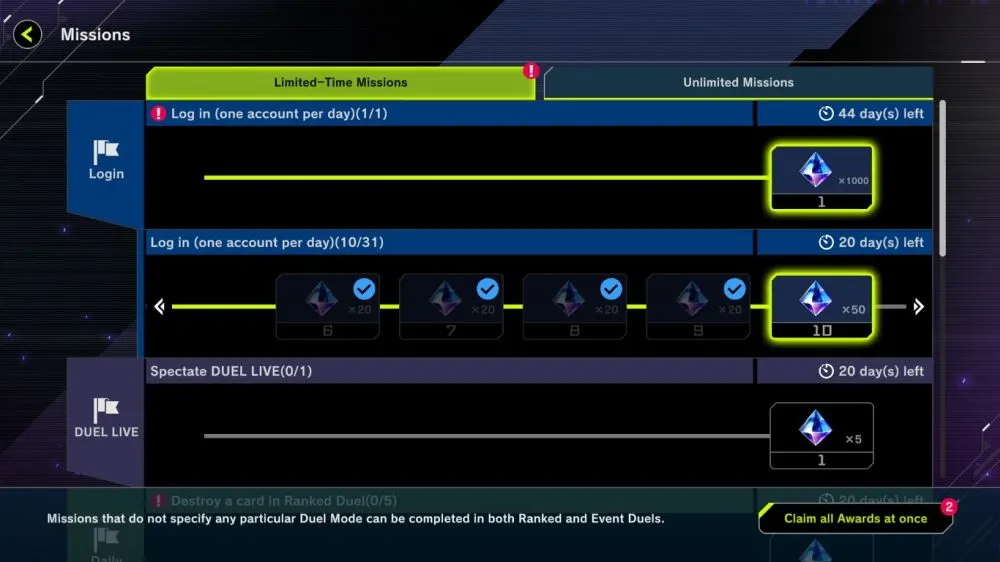
Yu-Gi-Oh! Master Duel has its own set of quests that give a good amount of gems. Quests are divided into daily quests and unlimited quests, which represent larger, long-term achievements. Most of these quests provide small purses of Gems, but continuously completing them is a great way to earn a little something on the side.
Unlimited quests also give out different rewards, such as different Mates like the soccer ball or Sangan, or maybe new frames for your profile.
Duel Pass
The Duel Pass is Yu-Gi-Oh! Master Duel’s version of a battle pass. In a surprisingly generous move, you can purchase the Duel Pass with just 600 Gems!
By competing in events and Ranked Duels, you’ll gain points that fill up your Duel Pass experience bar. As you gain levels, you’ll earn various rewards – most notably crafting points and gems. I would highly advise buying the pass and going for level 100 as you’ll not only make those 600 gems back, but also get a neat El Shaddoll Construct background for your main menu as well as a Pot of Greed mate!
It’s Time to Duel!
That ends the rather lengthy beginner’s guide to Yu-Gi-Oh! Master Duel, and I’ve condensed it as much as I could. The game is no doubt a very complex, but a very enjoyable title, and Duelists new and old will no doubt find something to amuse them in Yu-Gi-Oh! Master Duel.
If you have any suggestions to add to this Yu-Gi-Oh! Master Duel guide, or any tips and tricks of your own for aspiring new players, let us know in the comment section below, and I hope to challenge you all on the ranked ladder one day!

